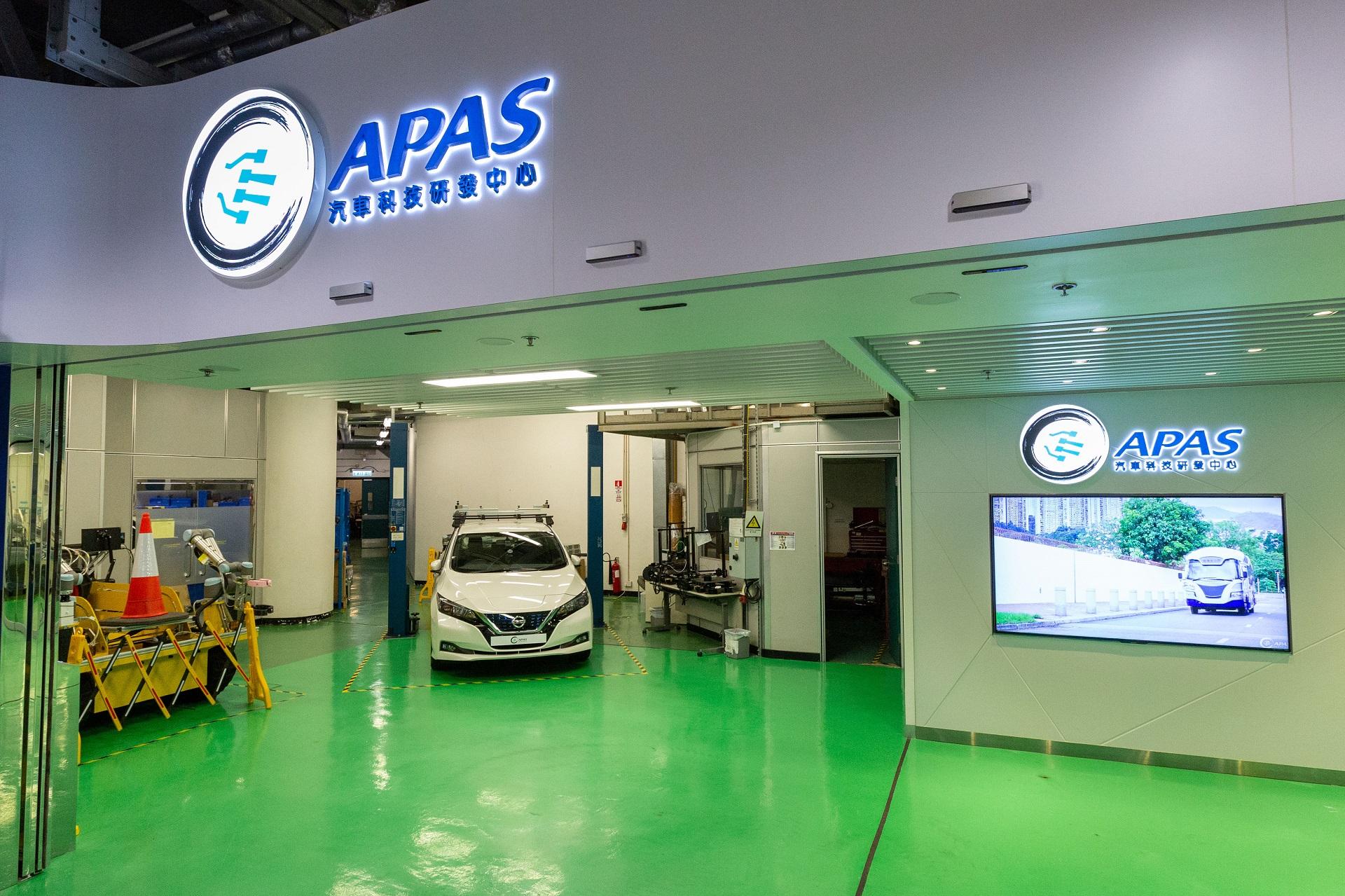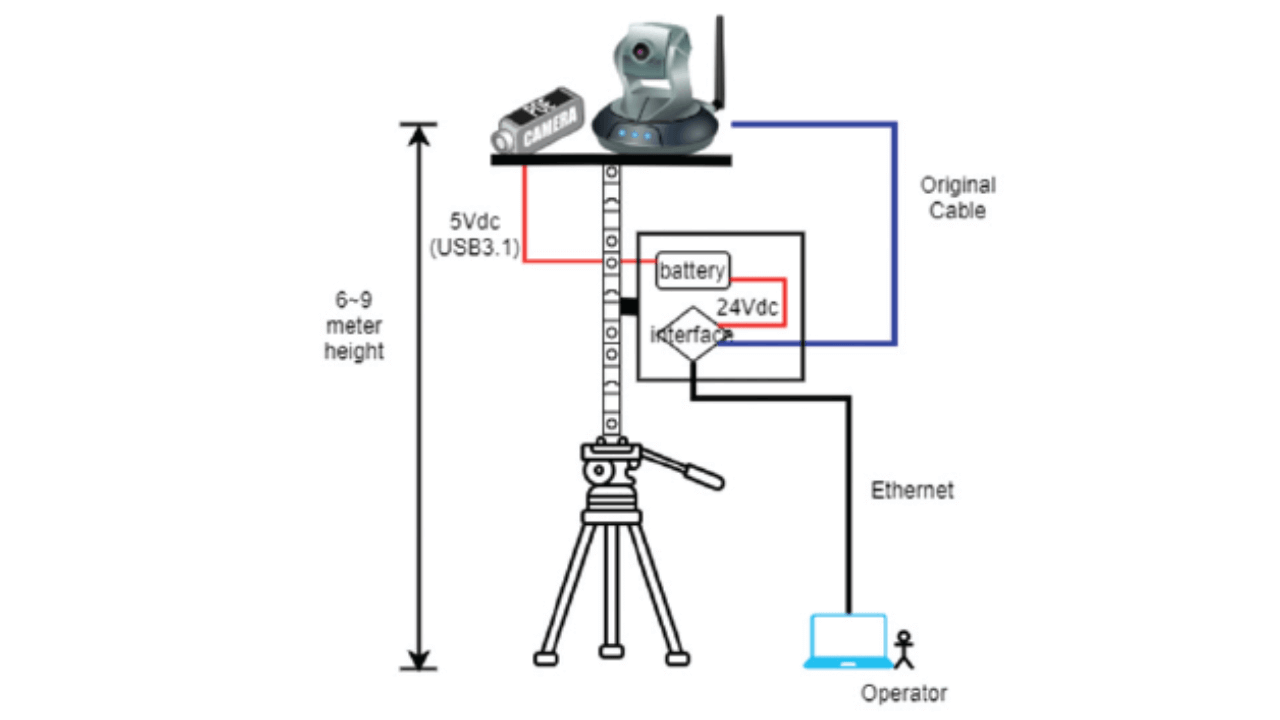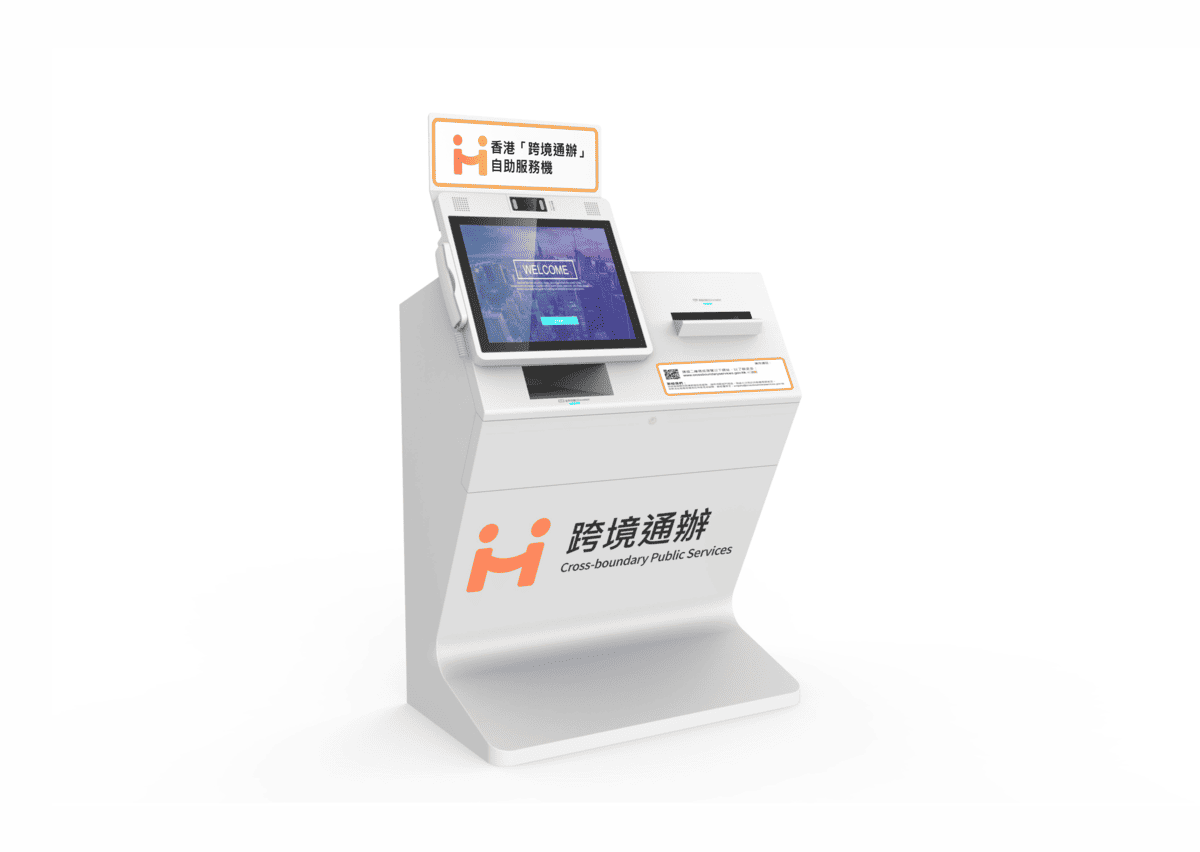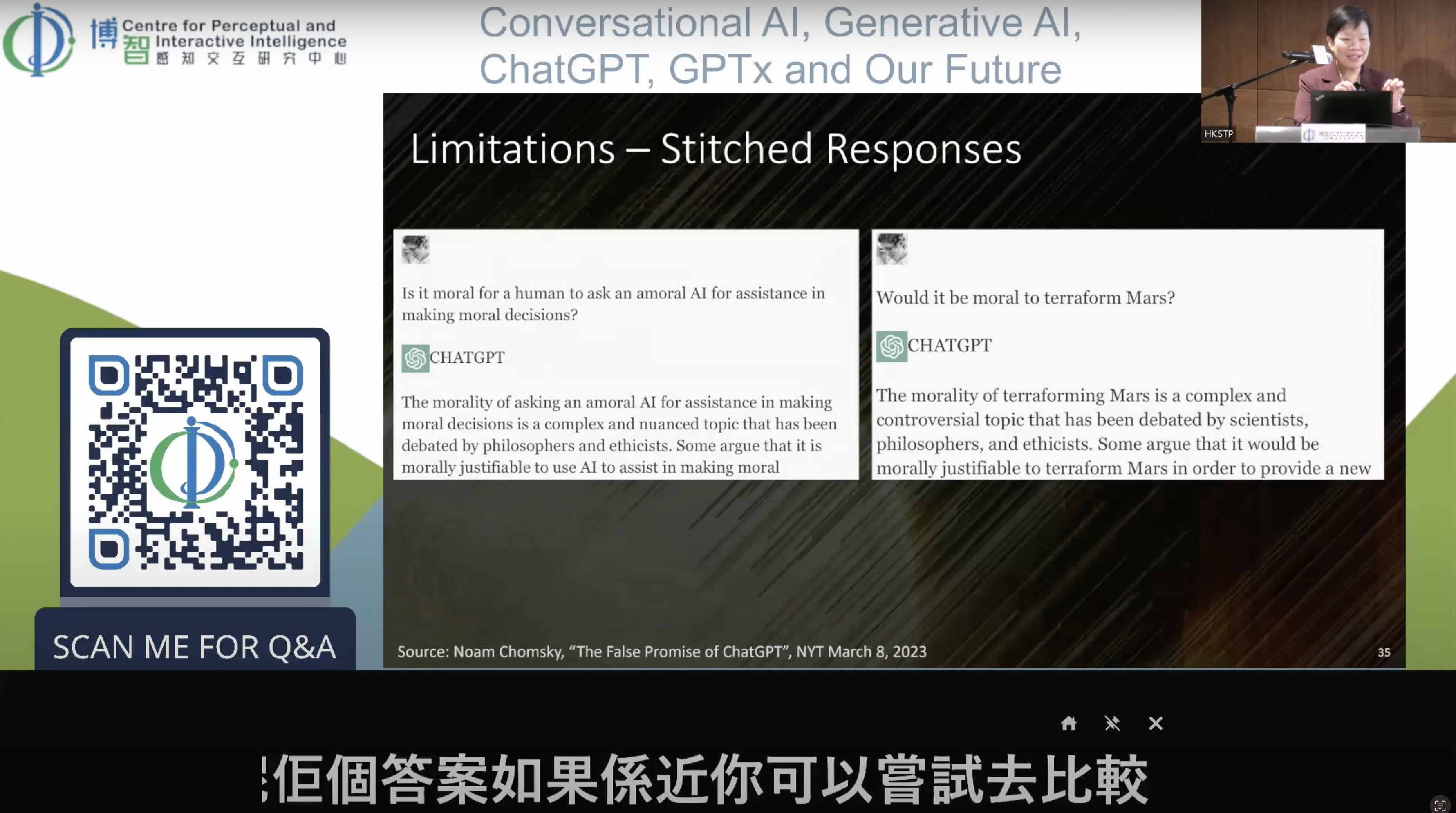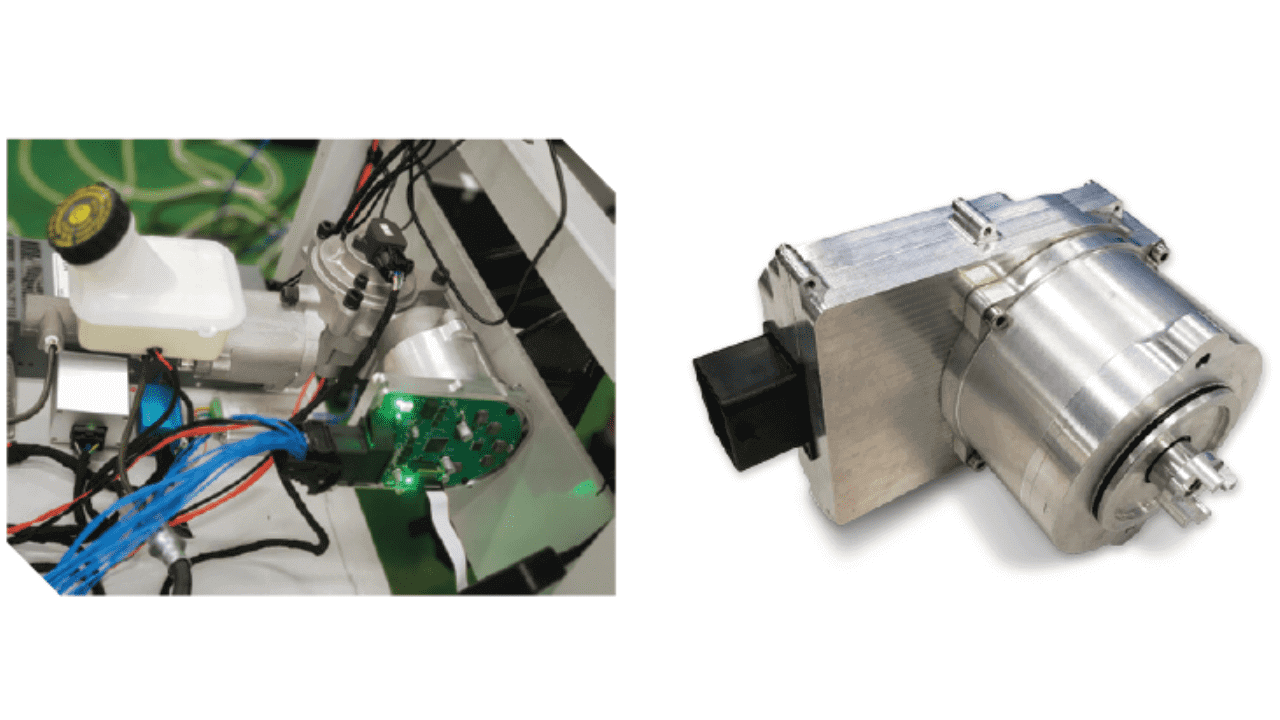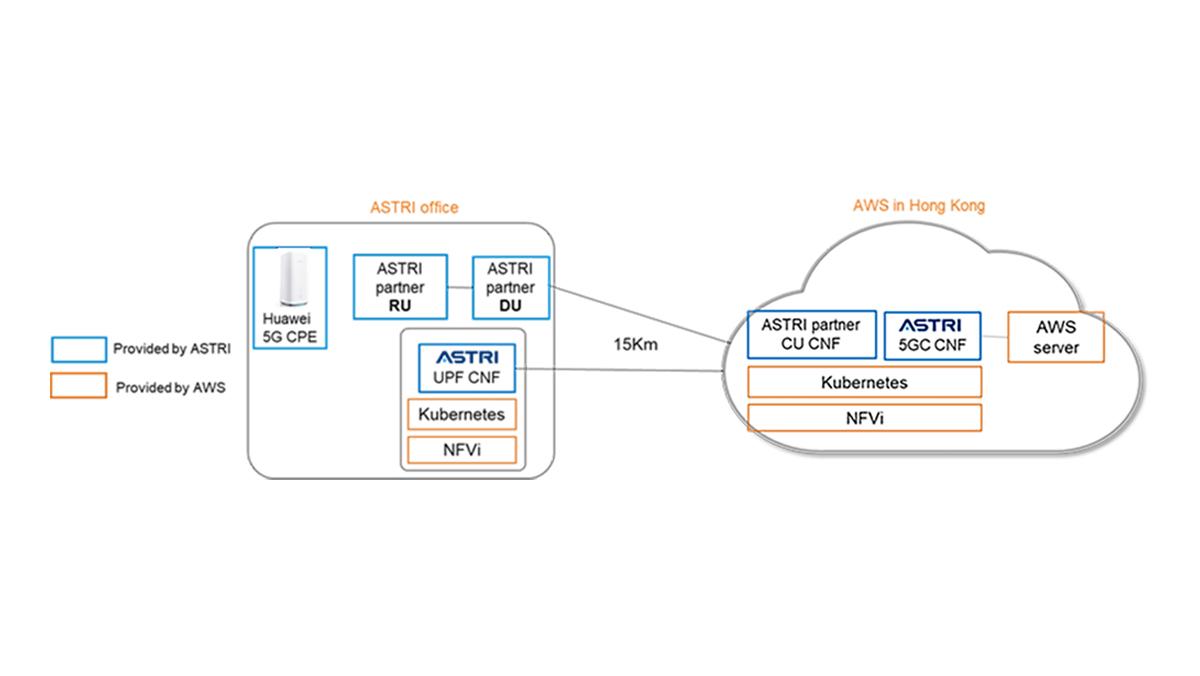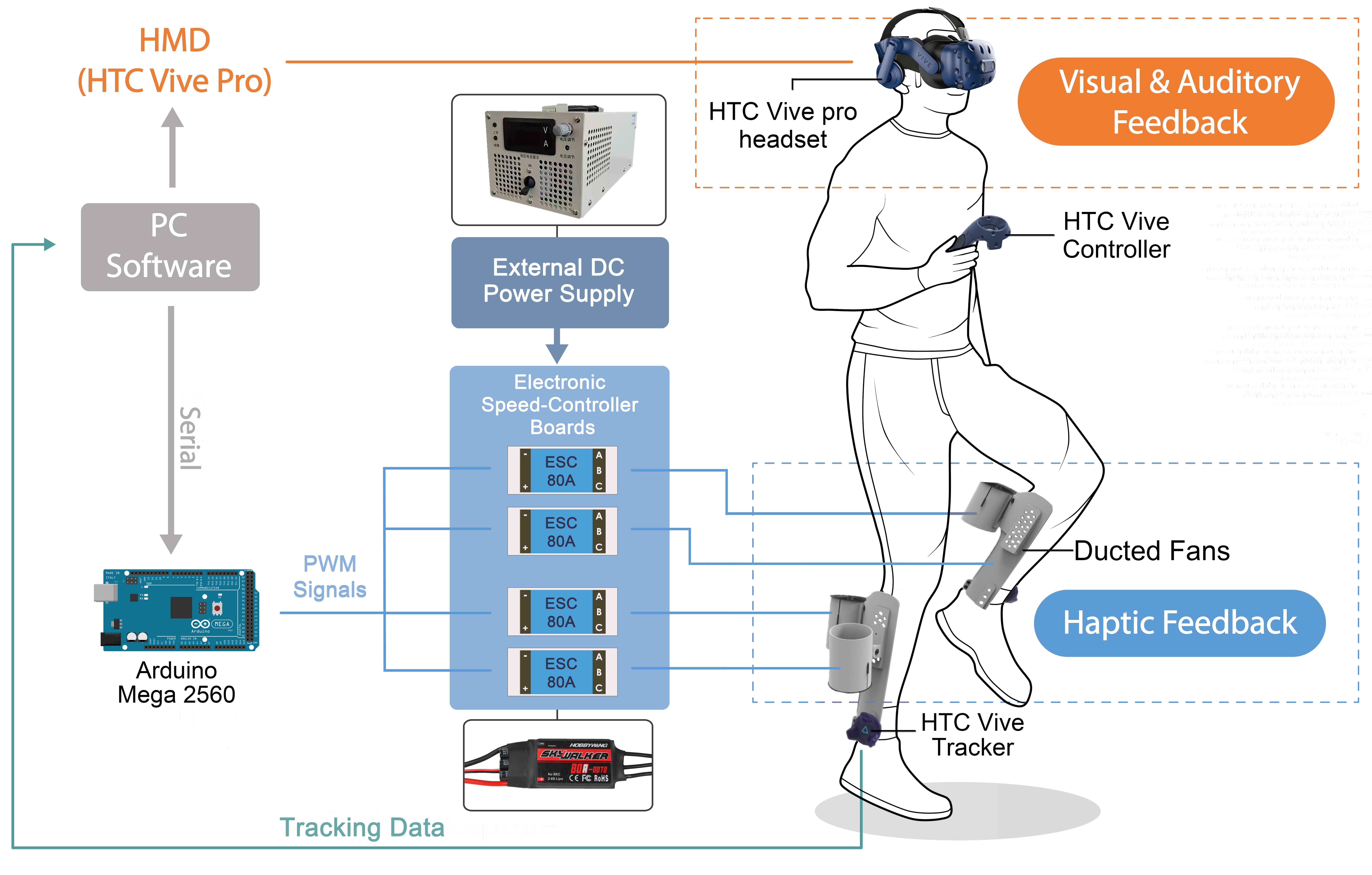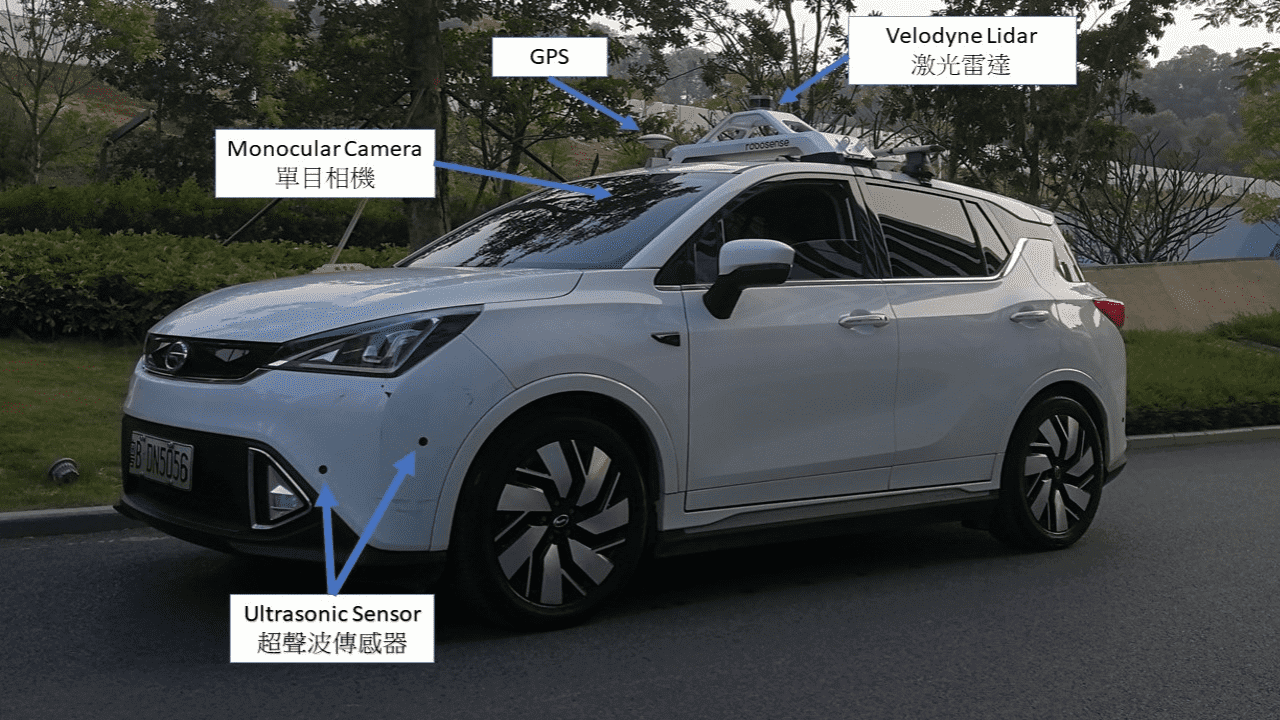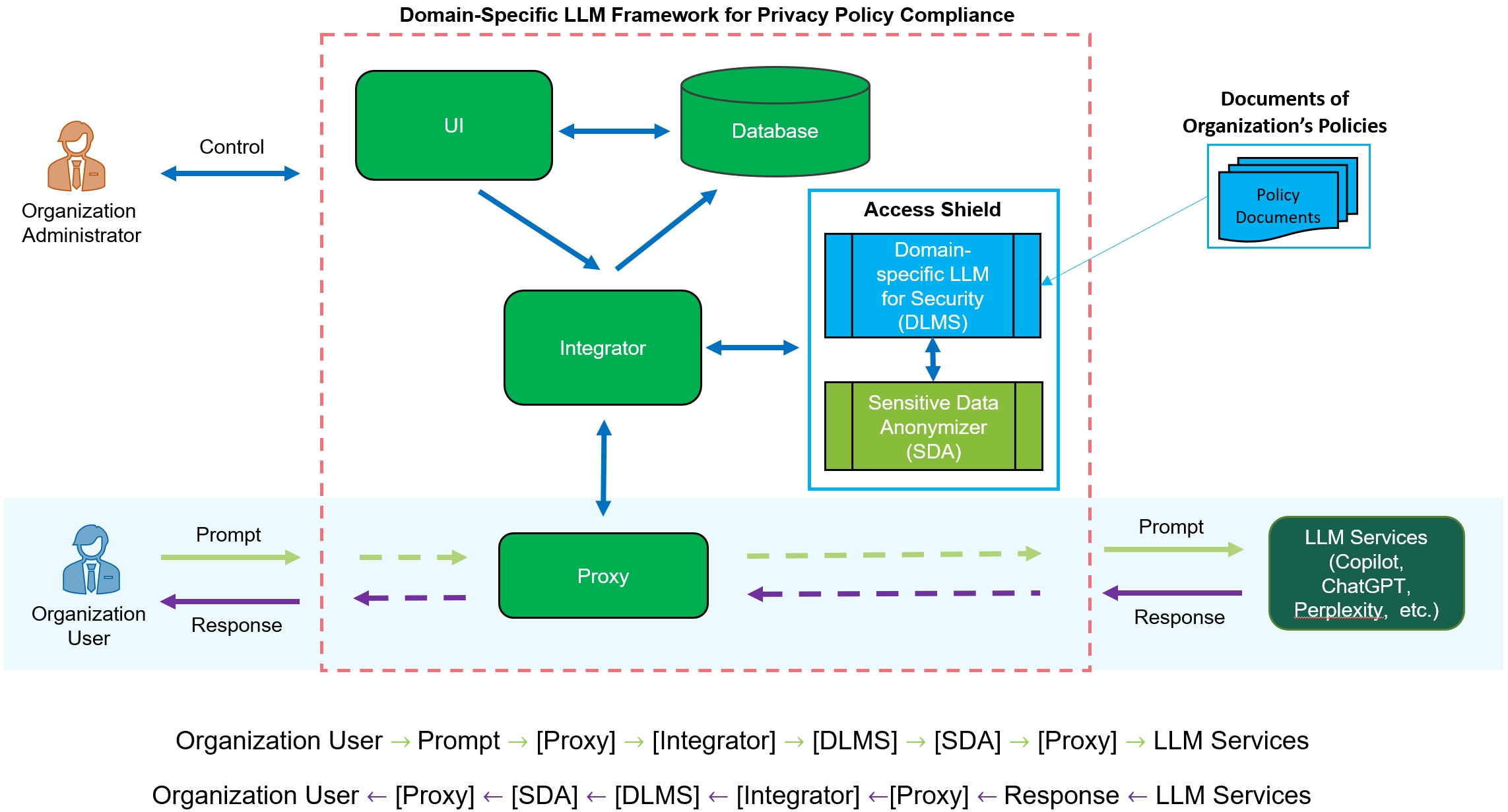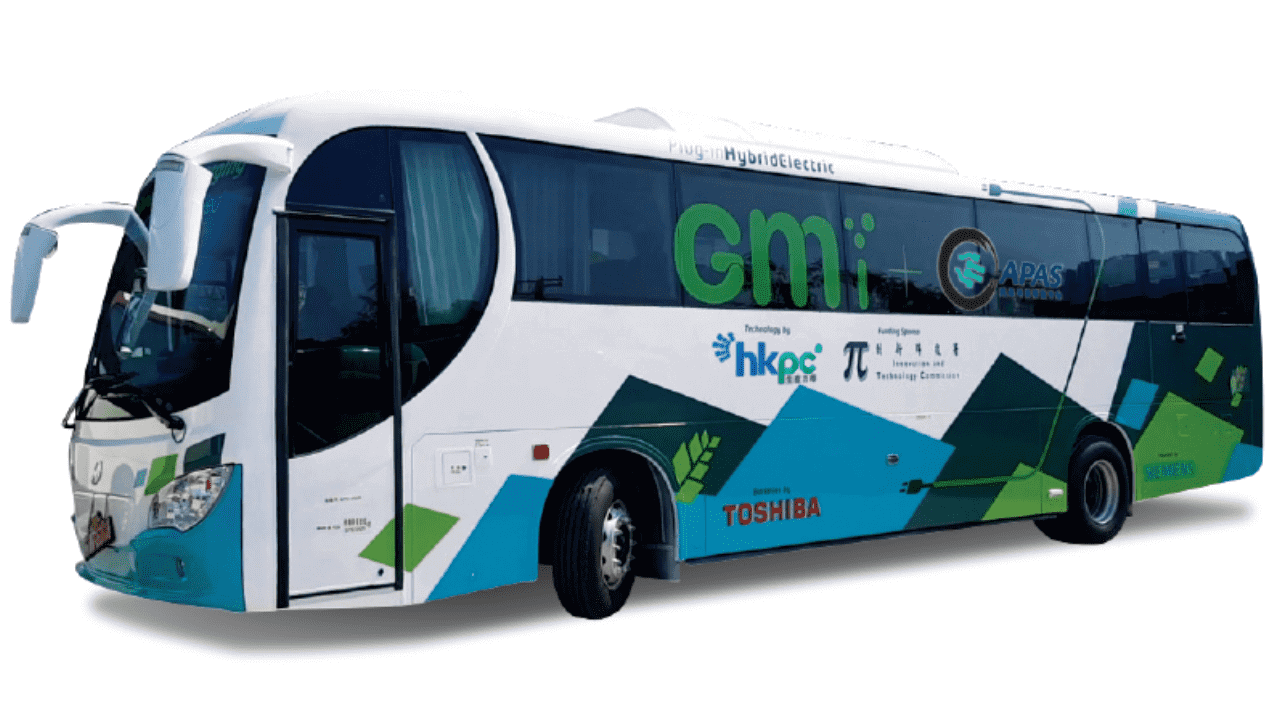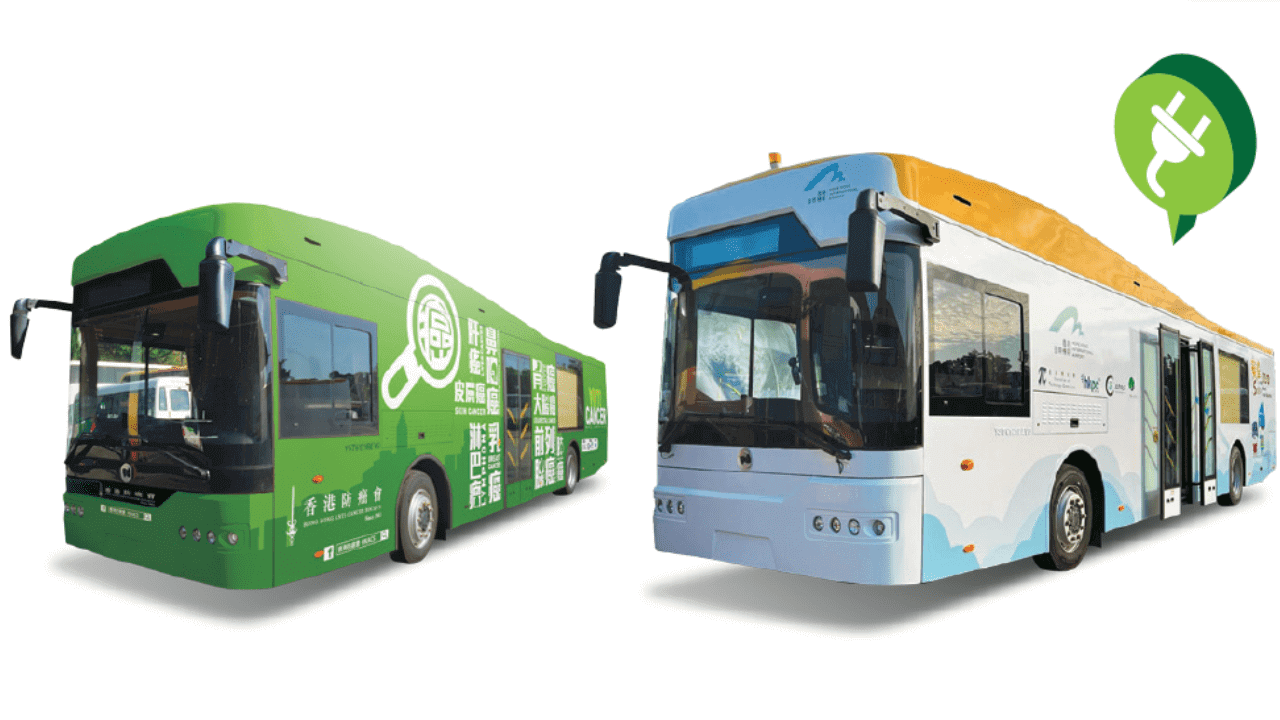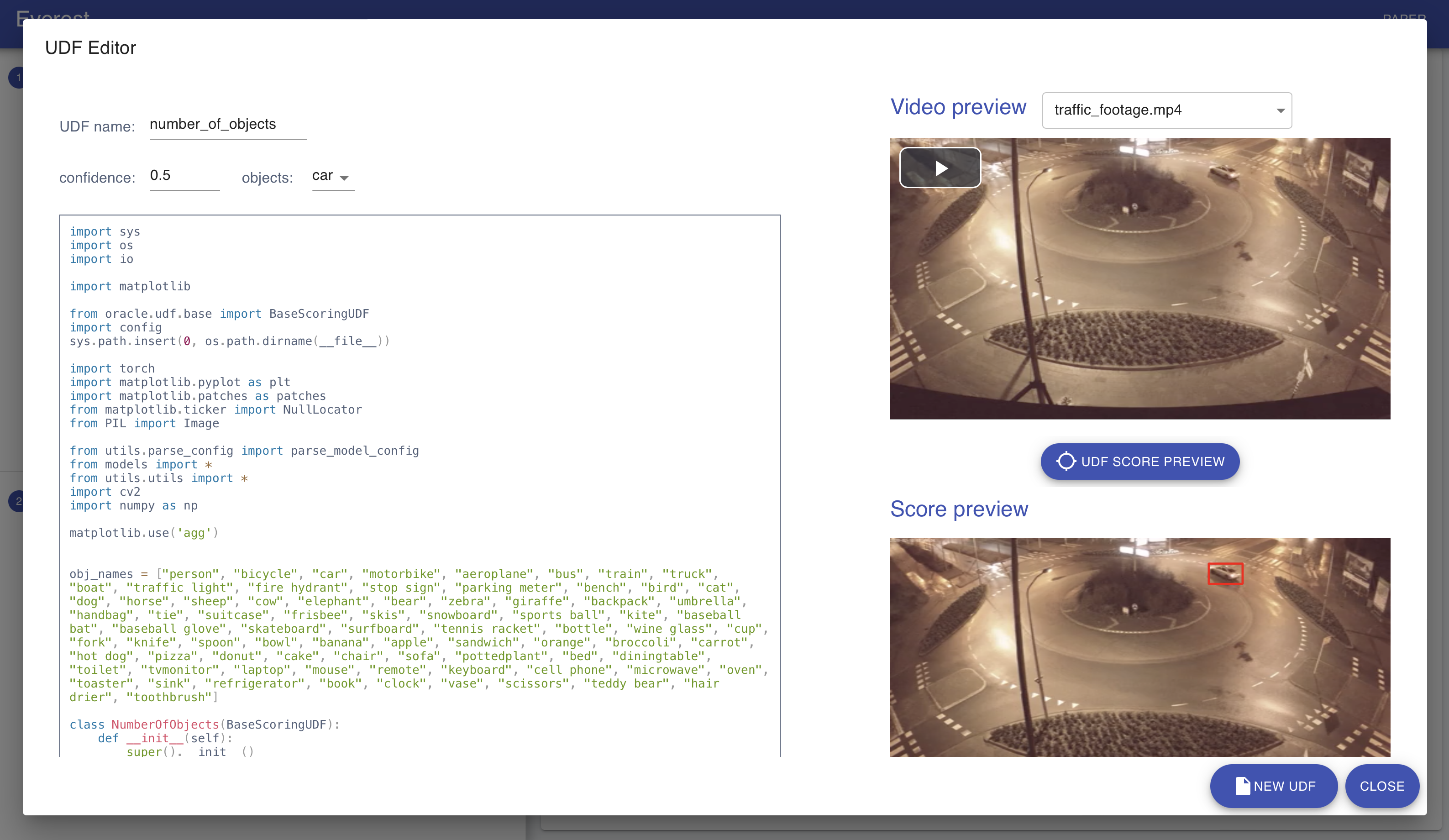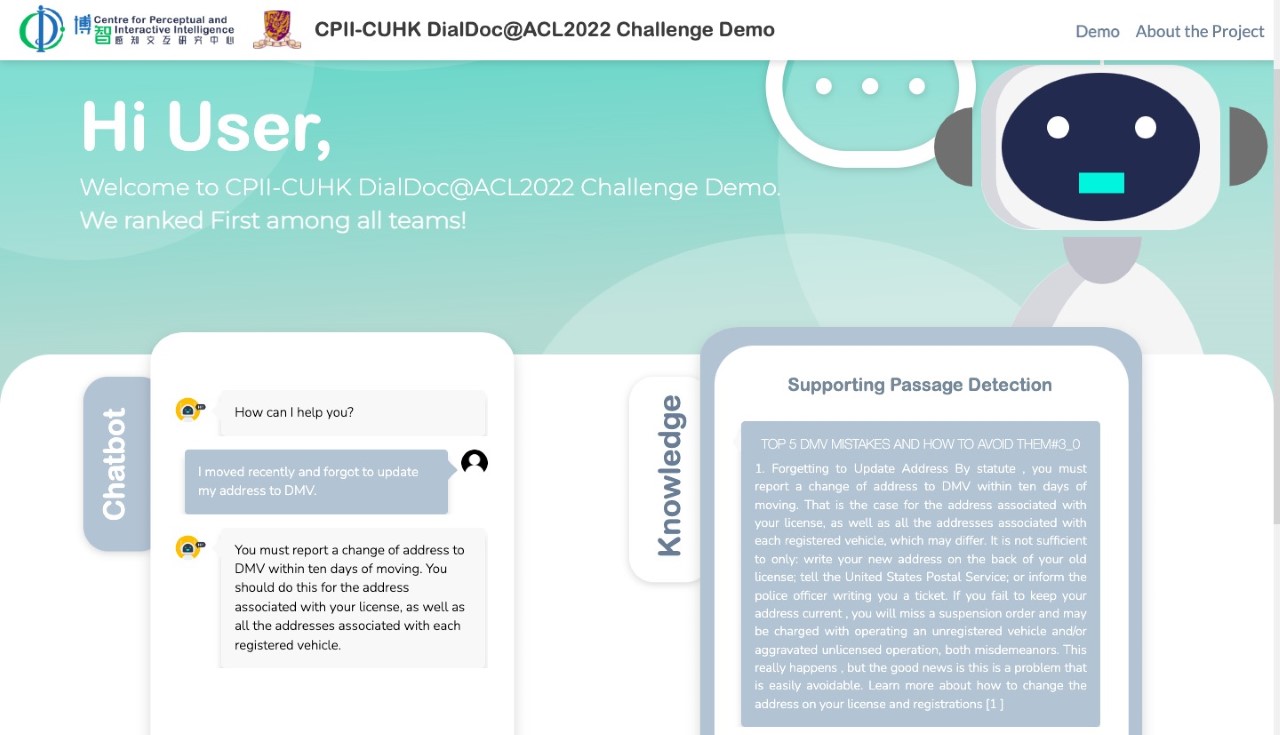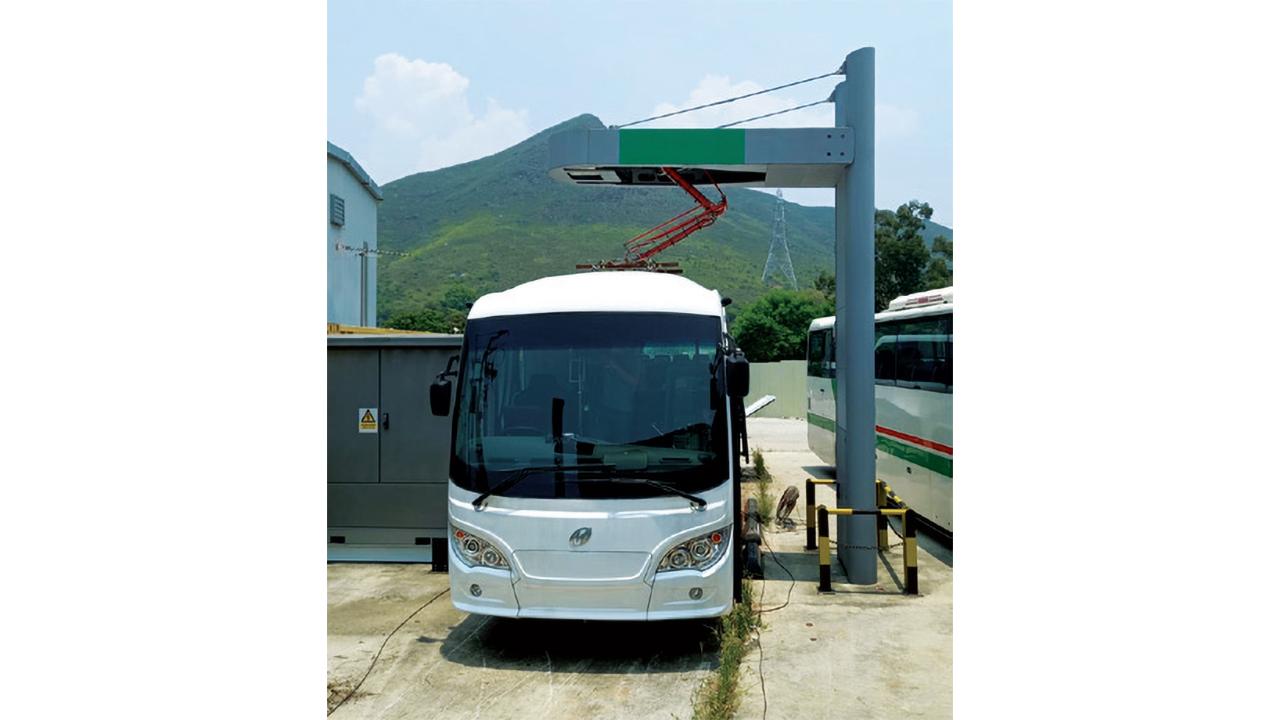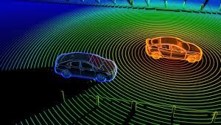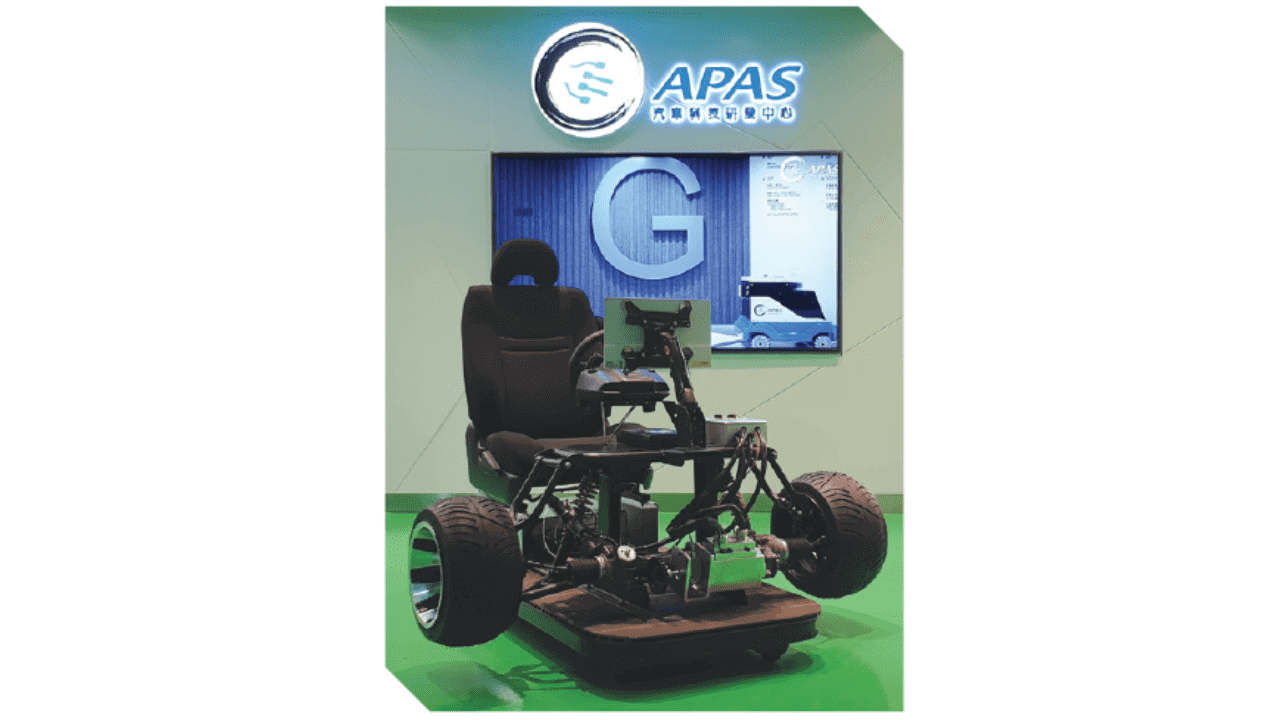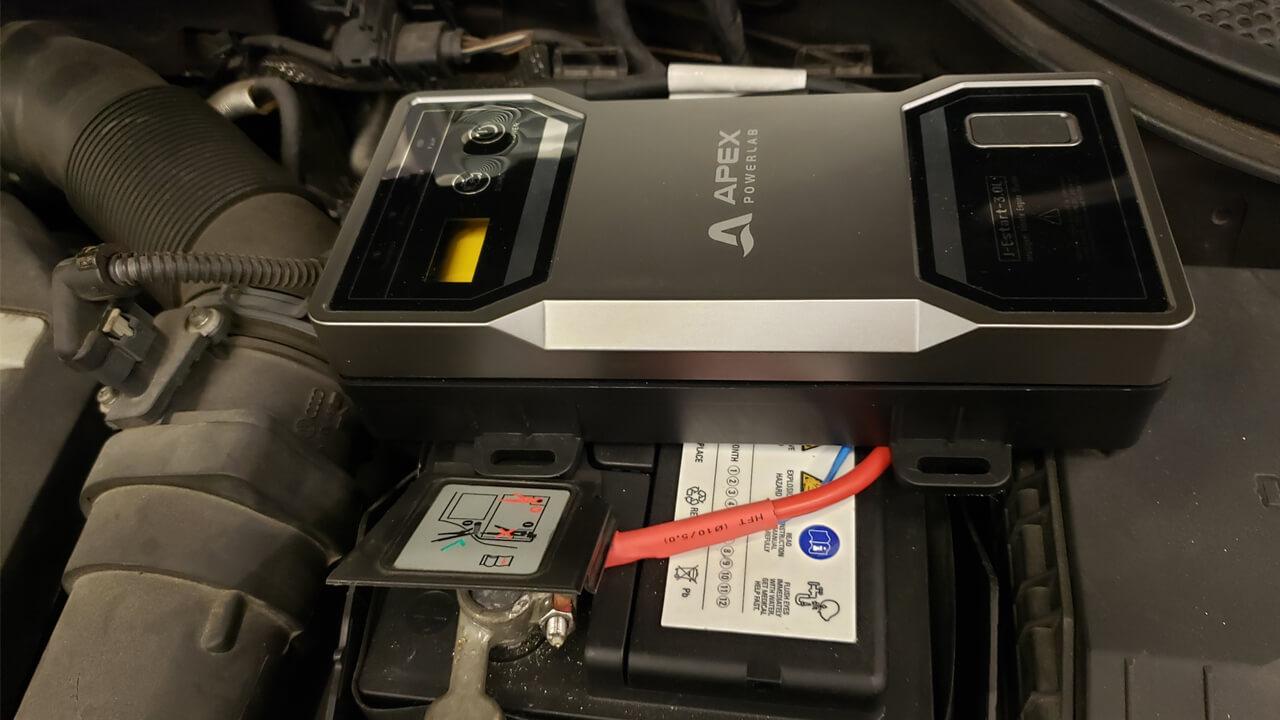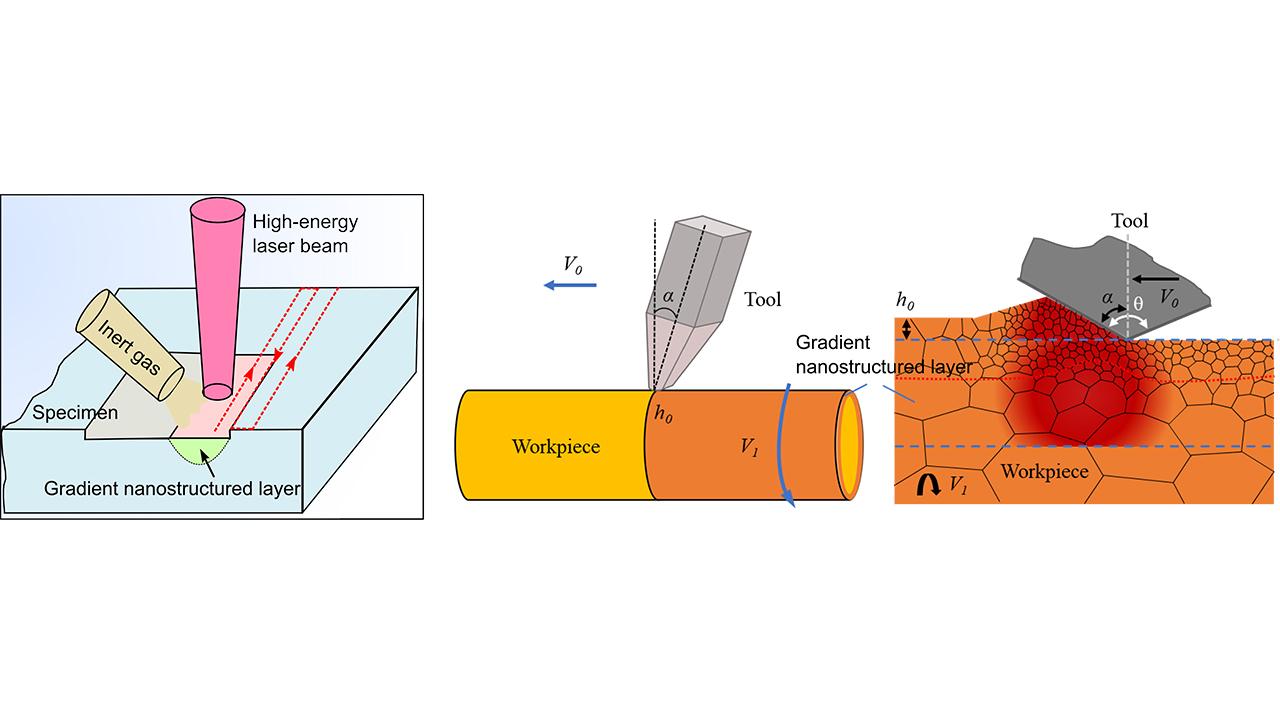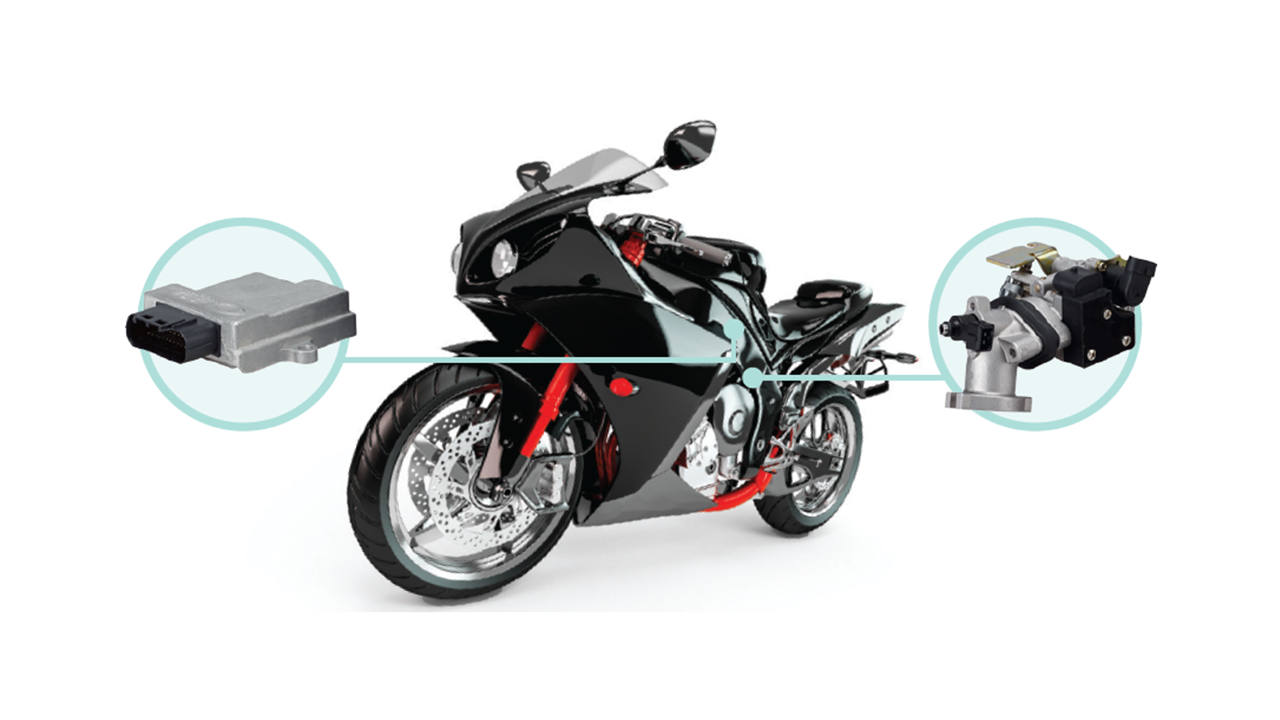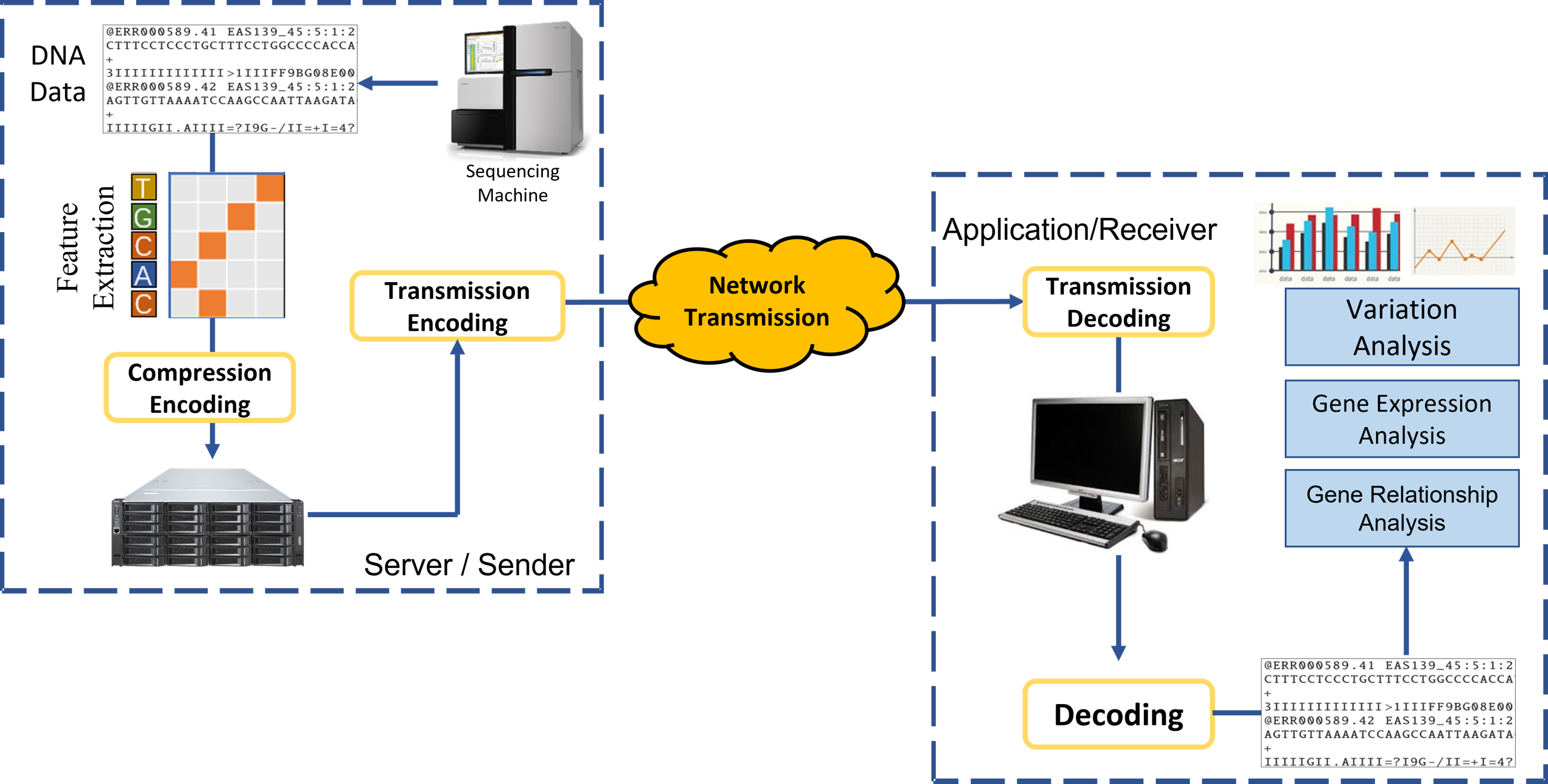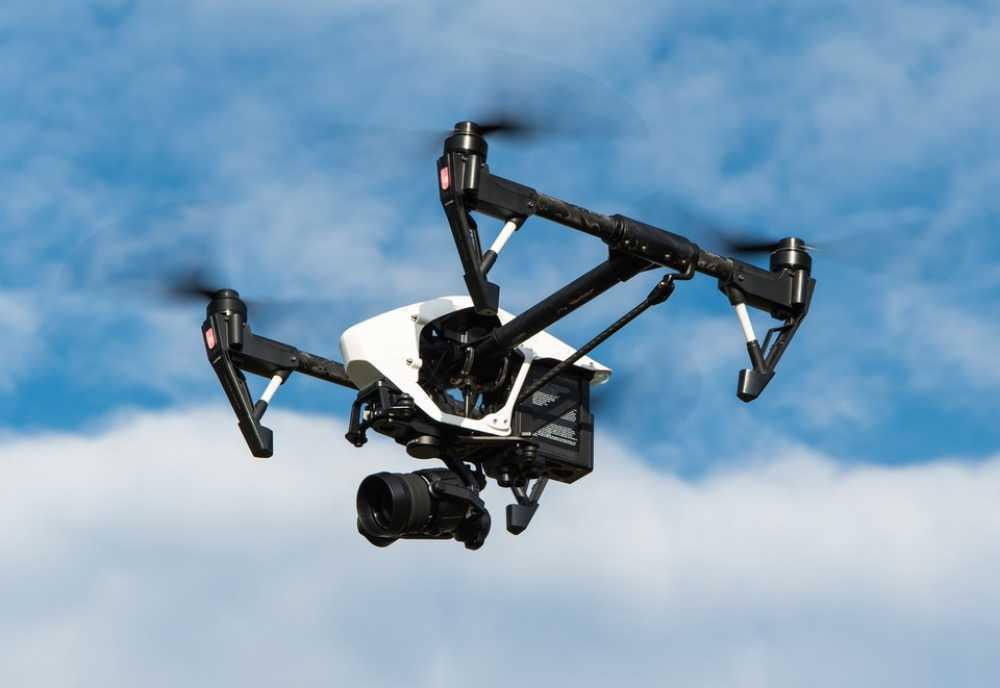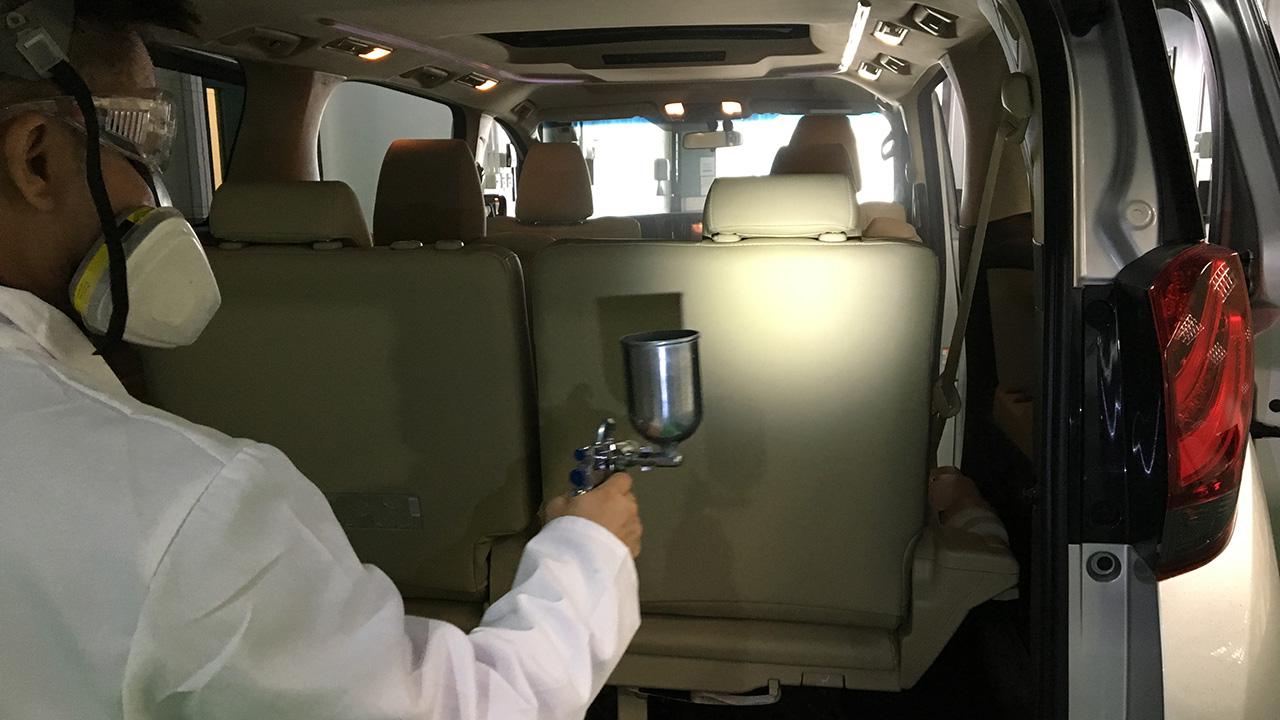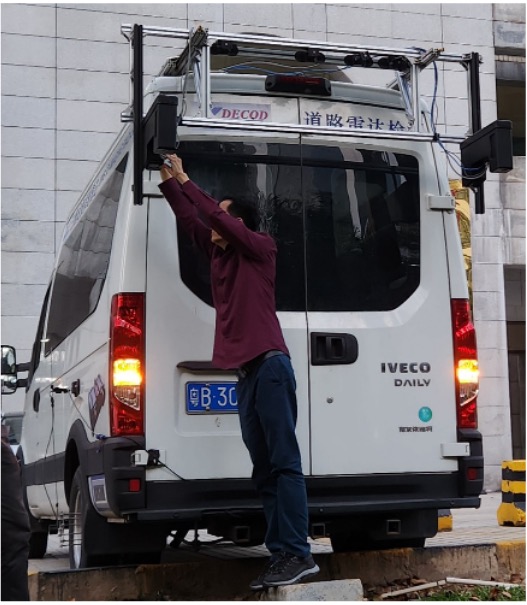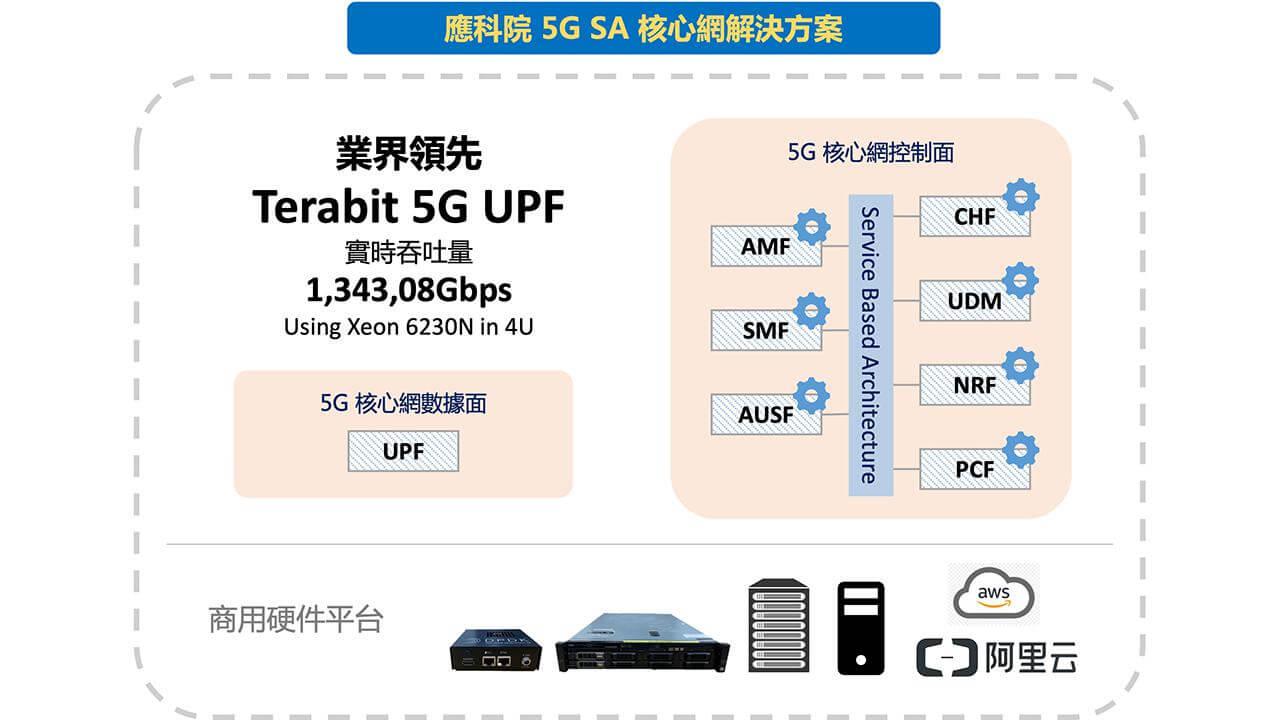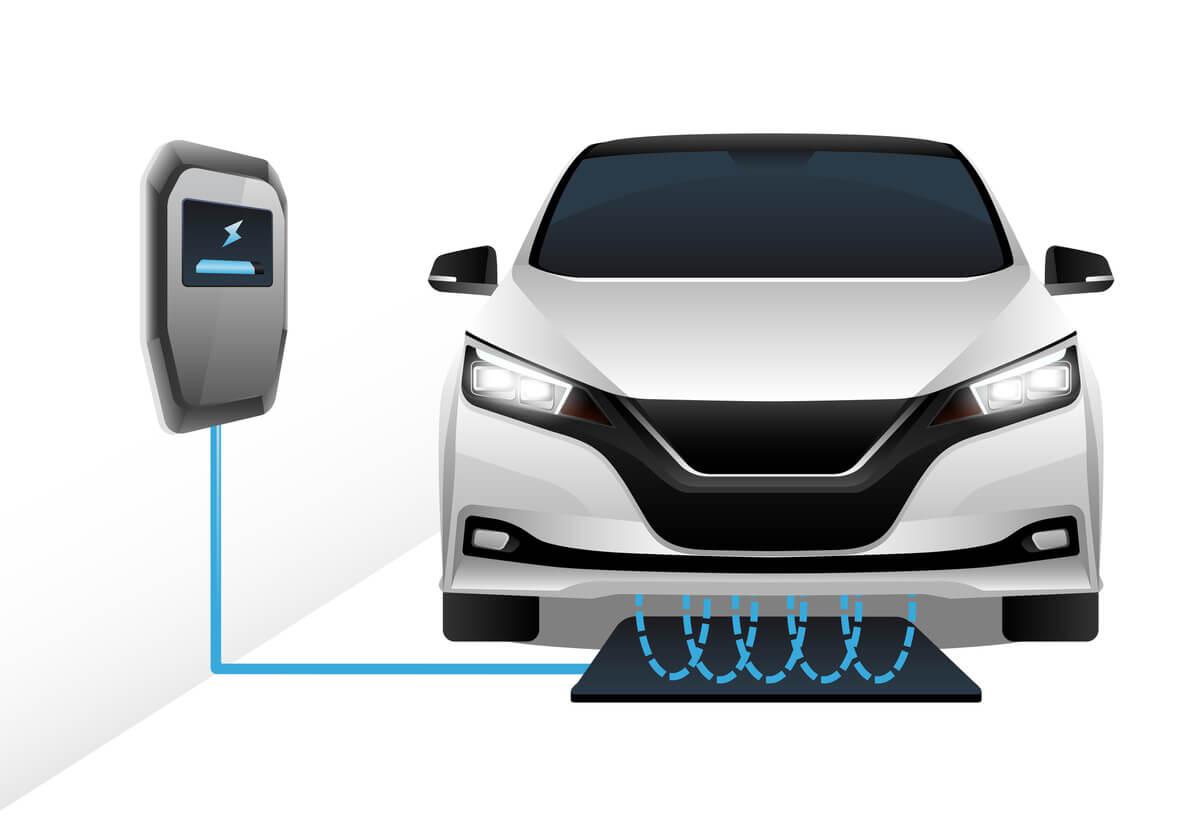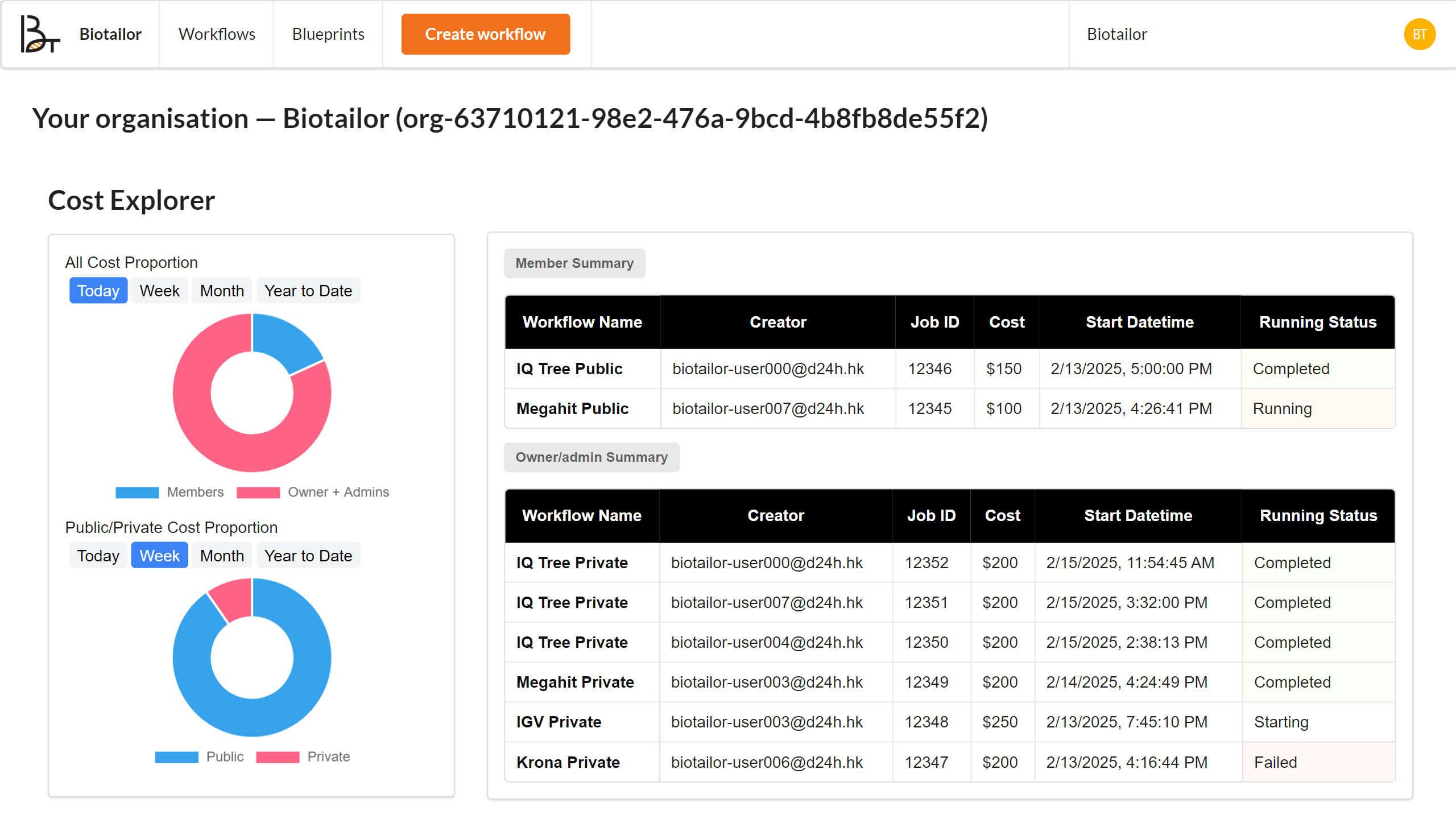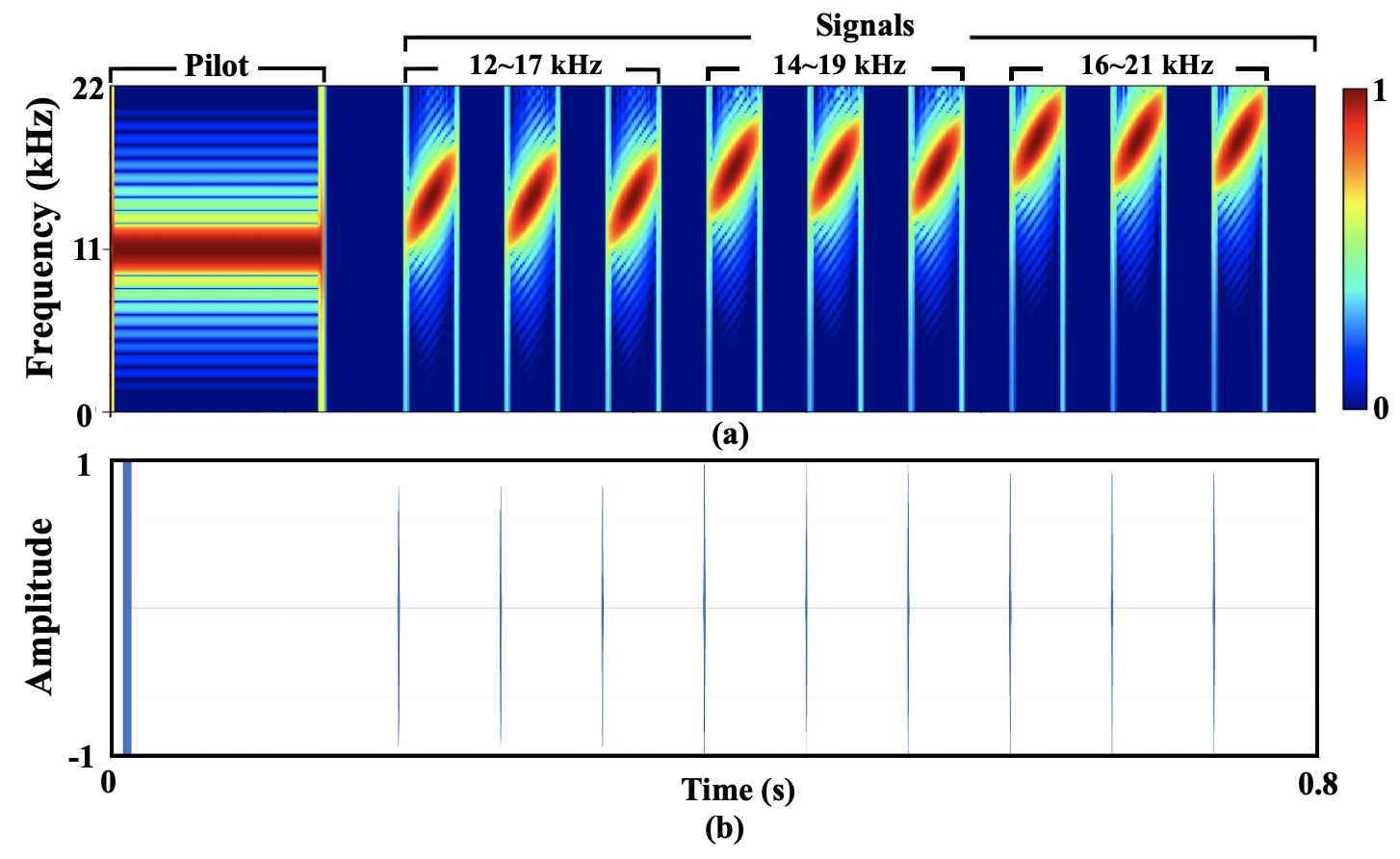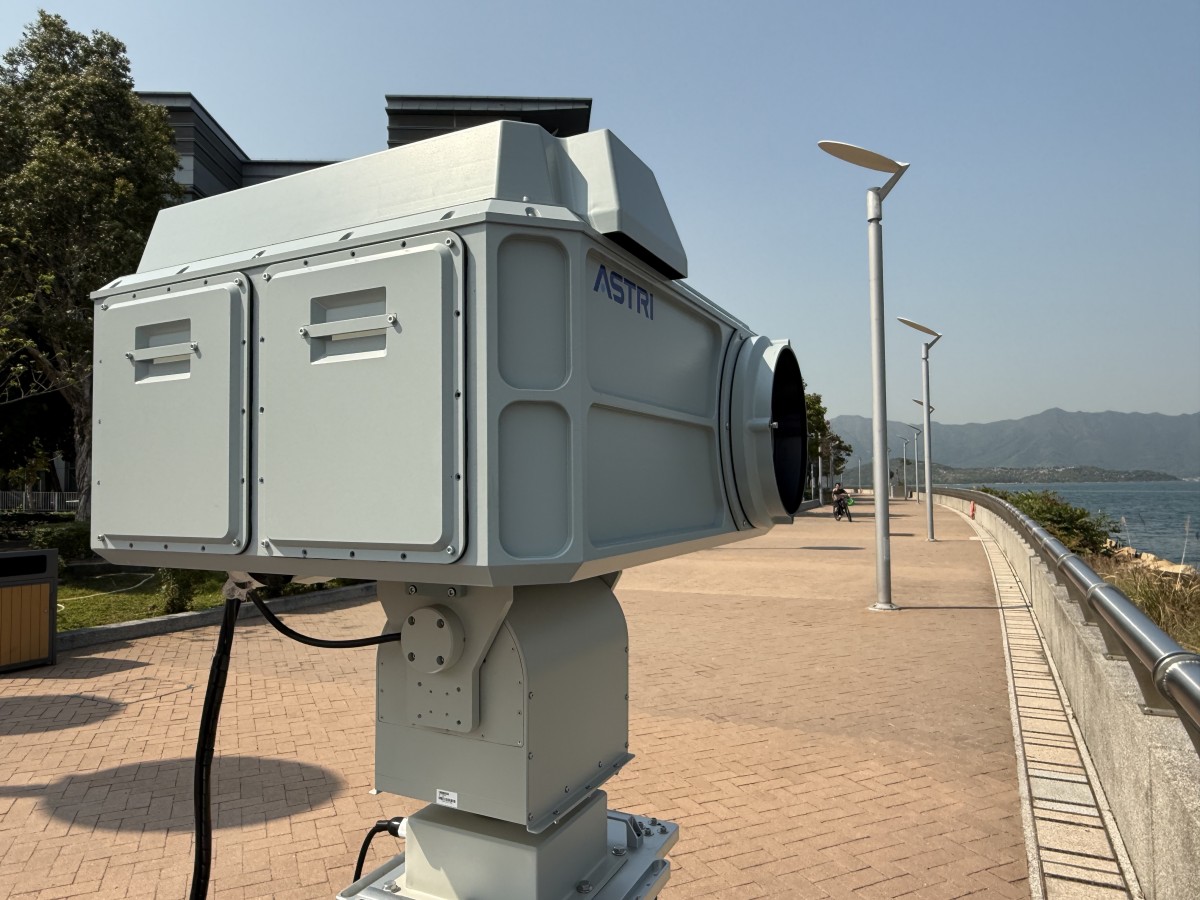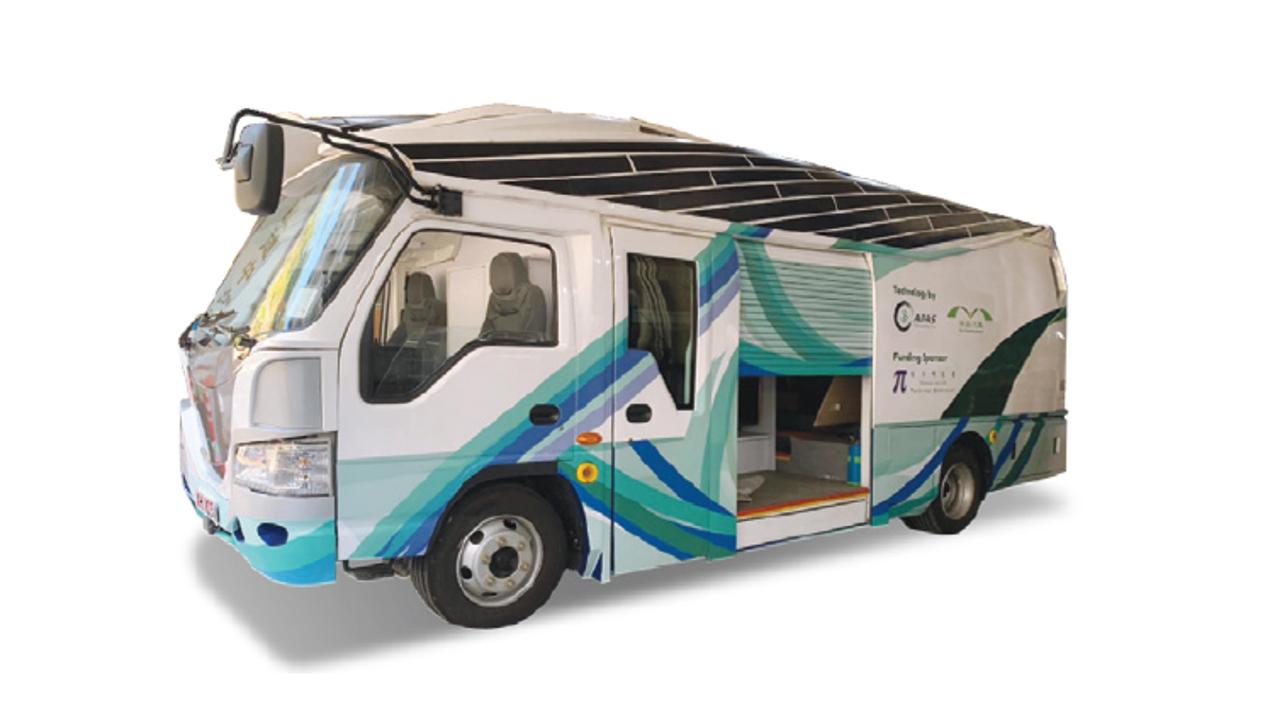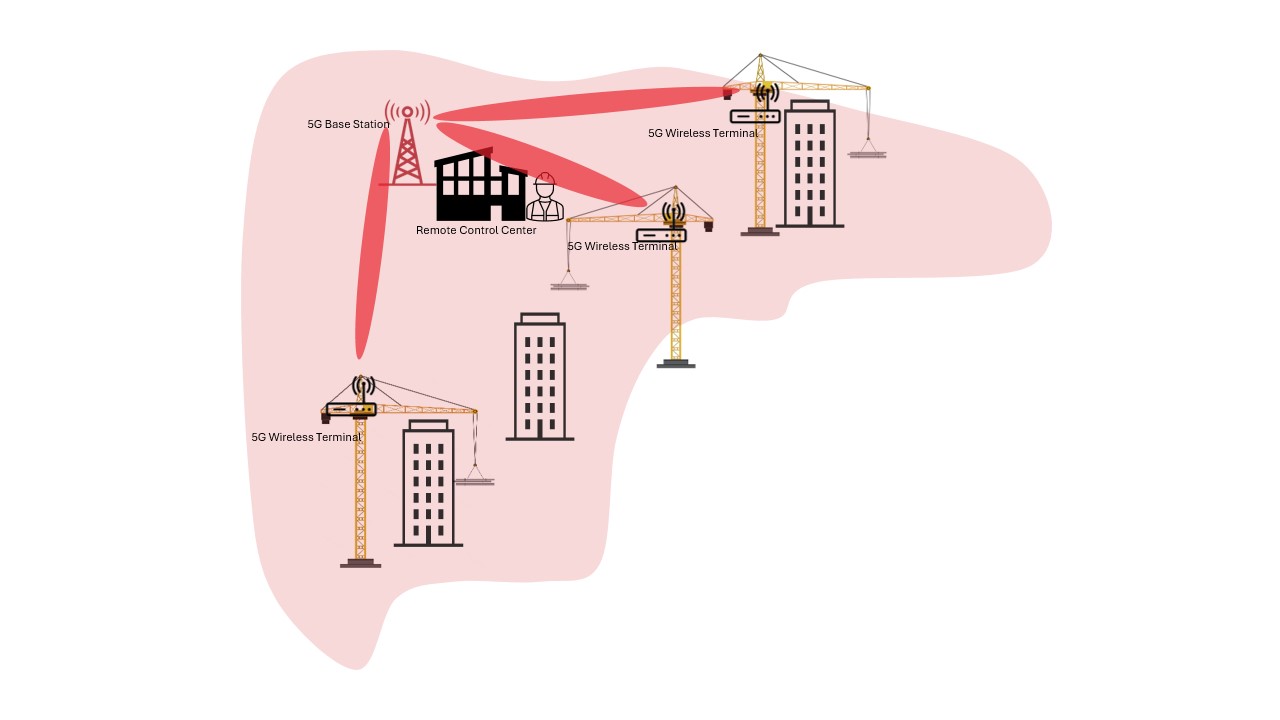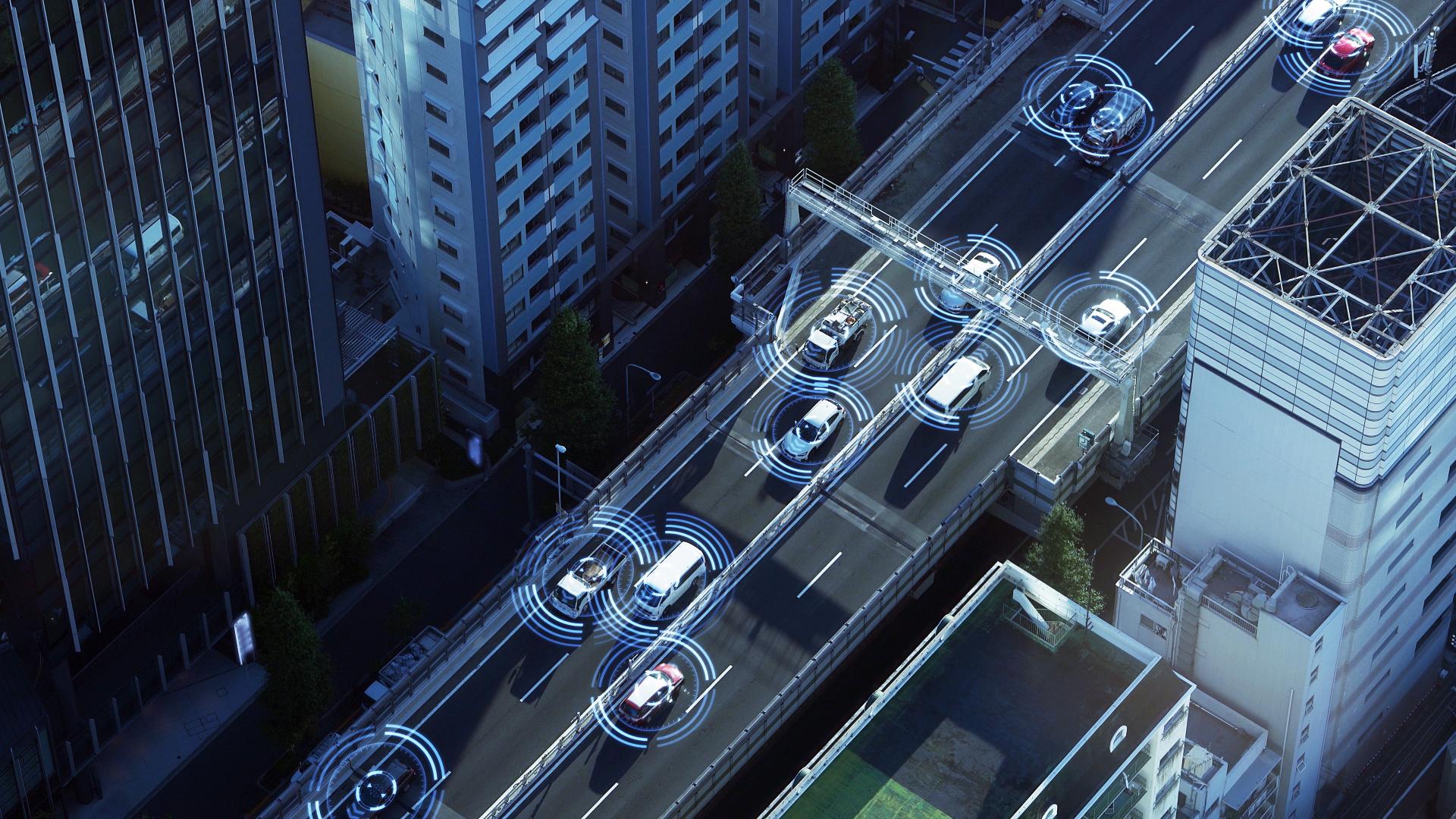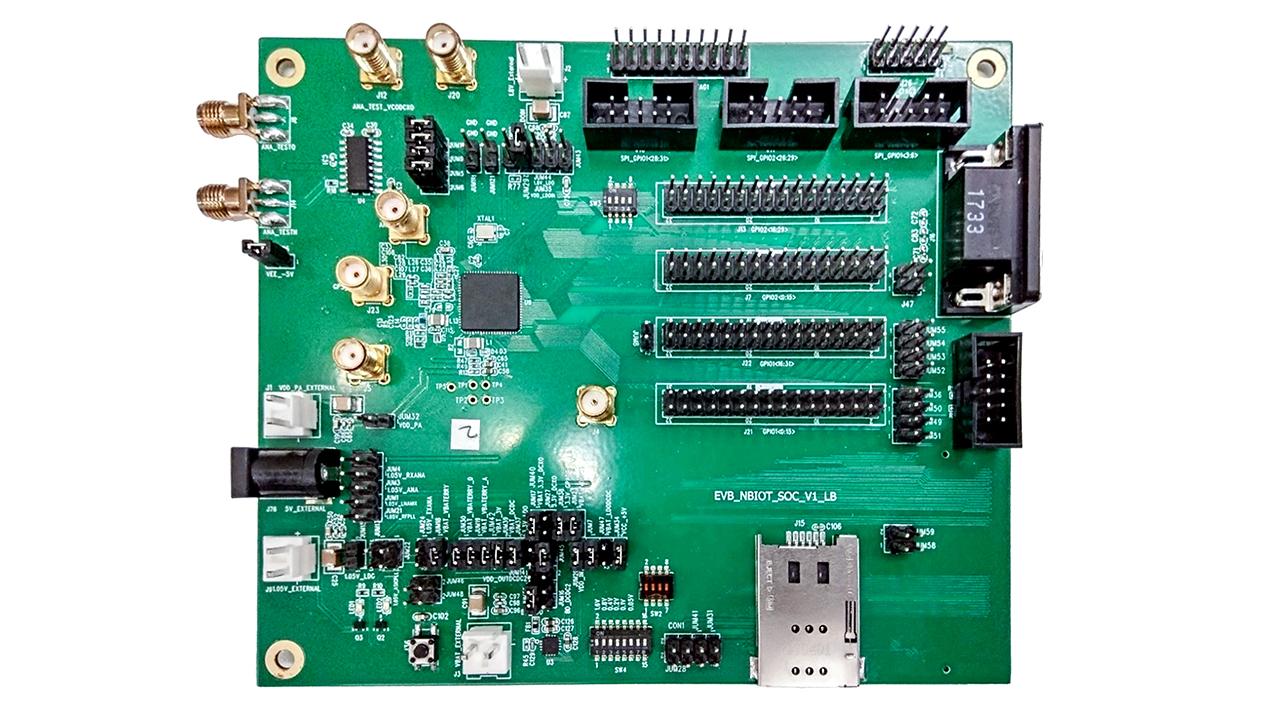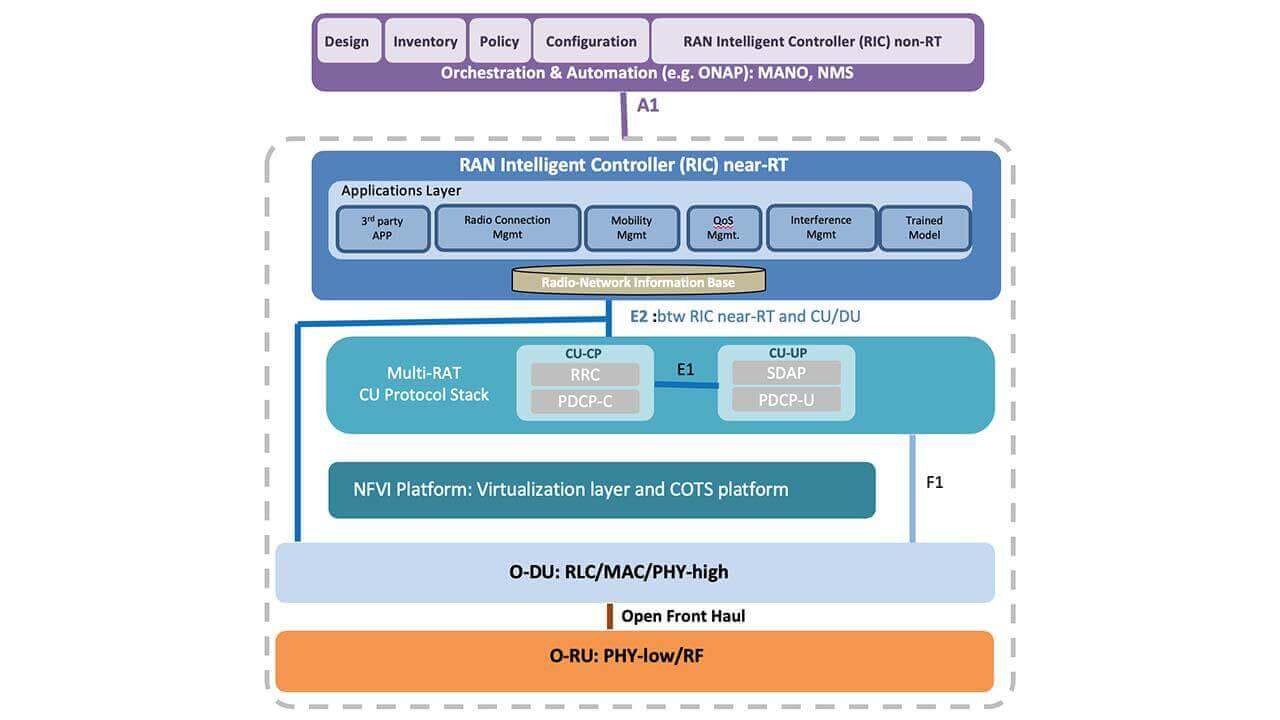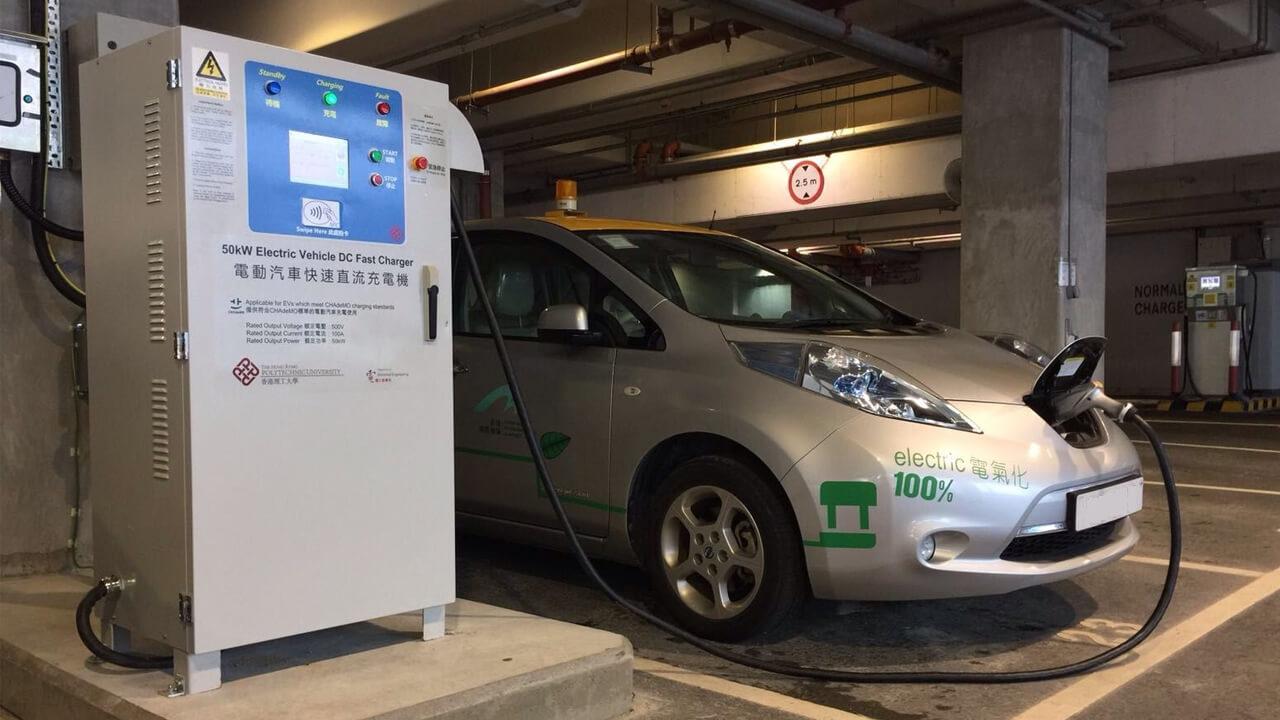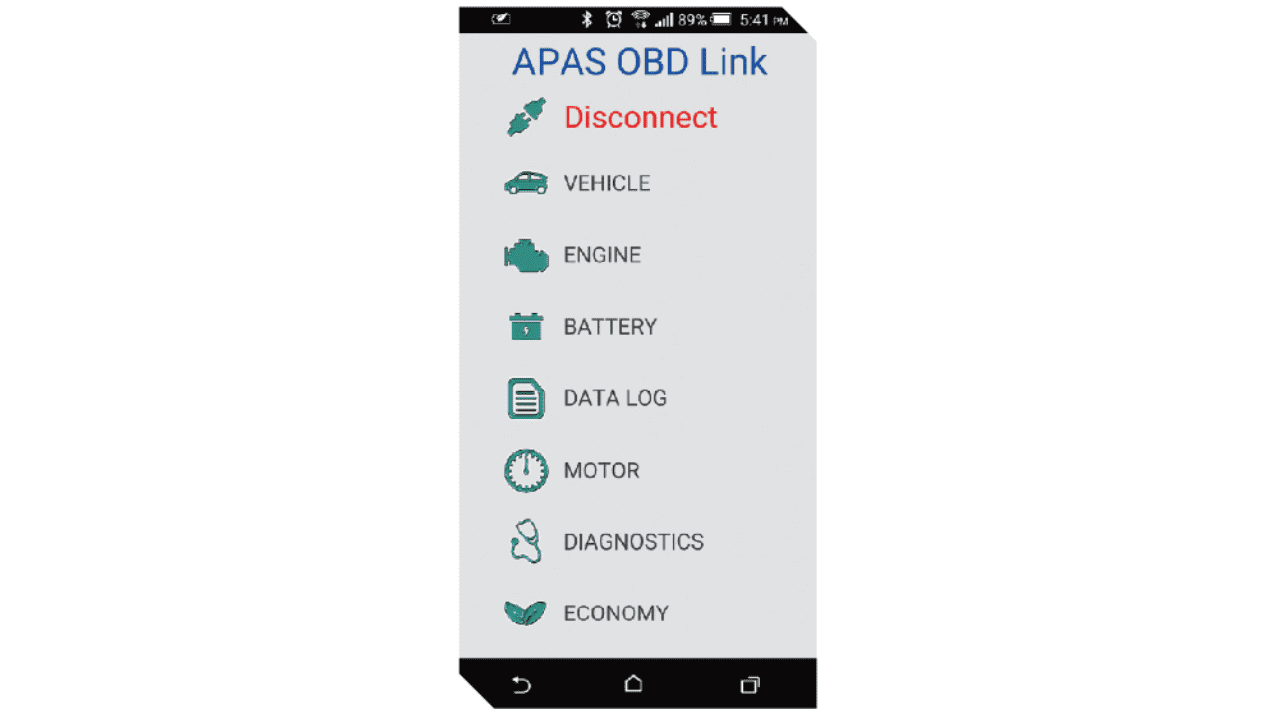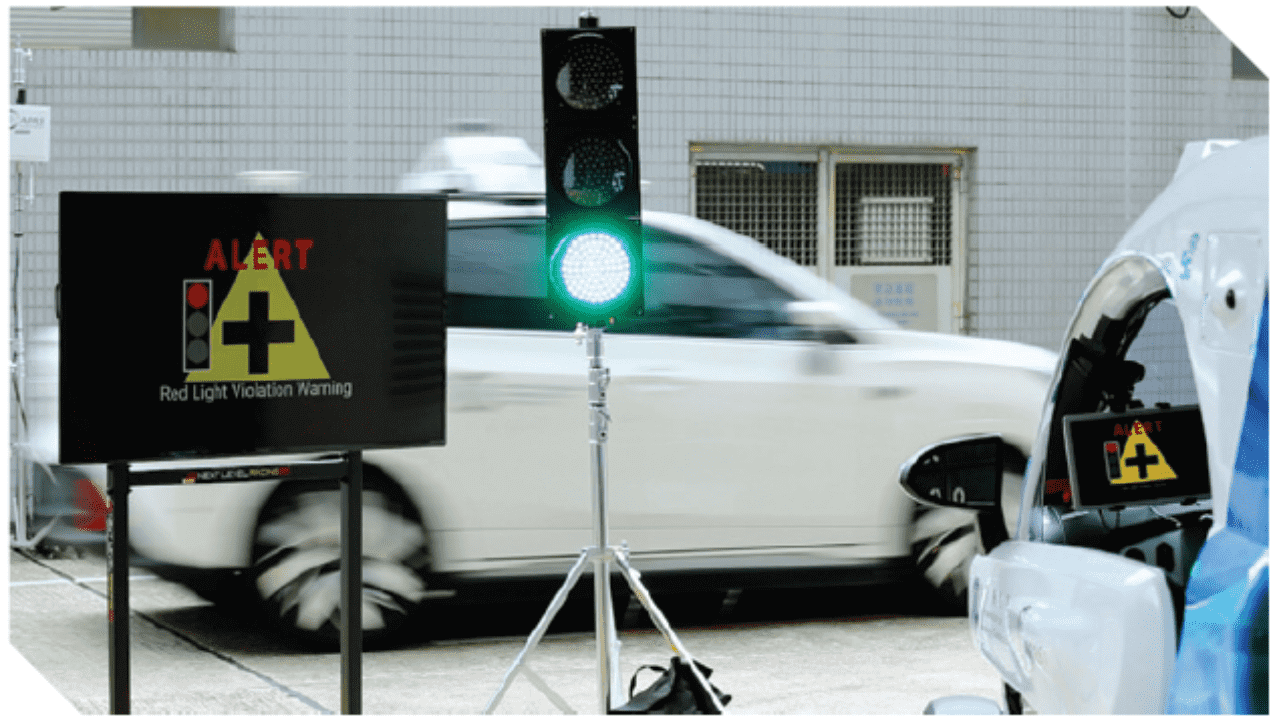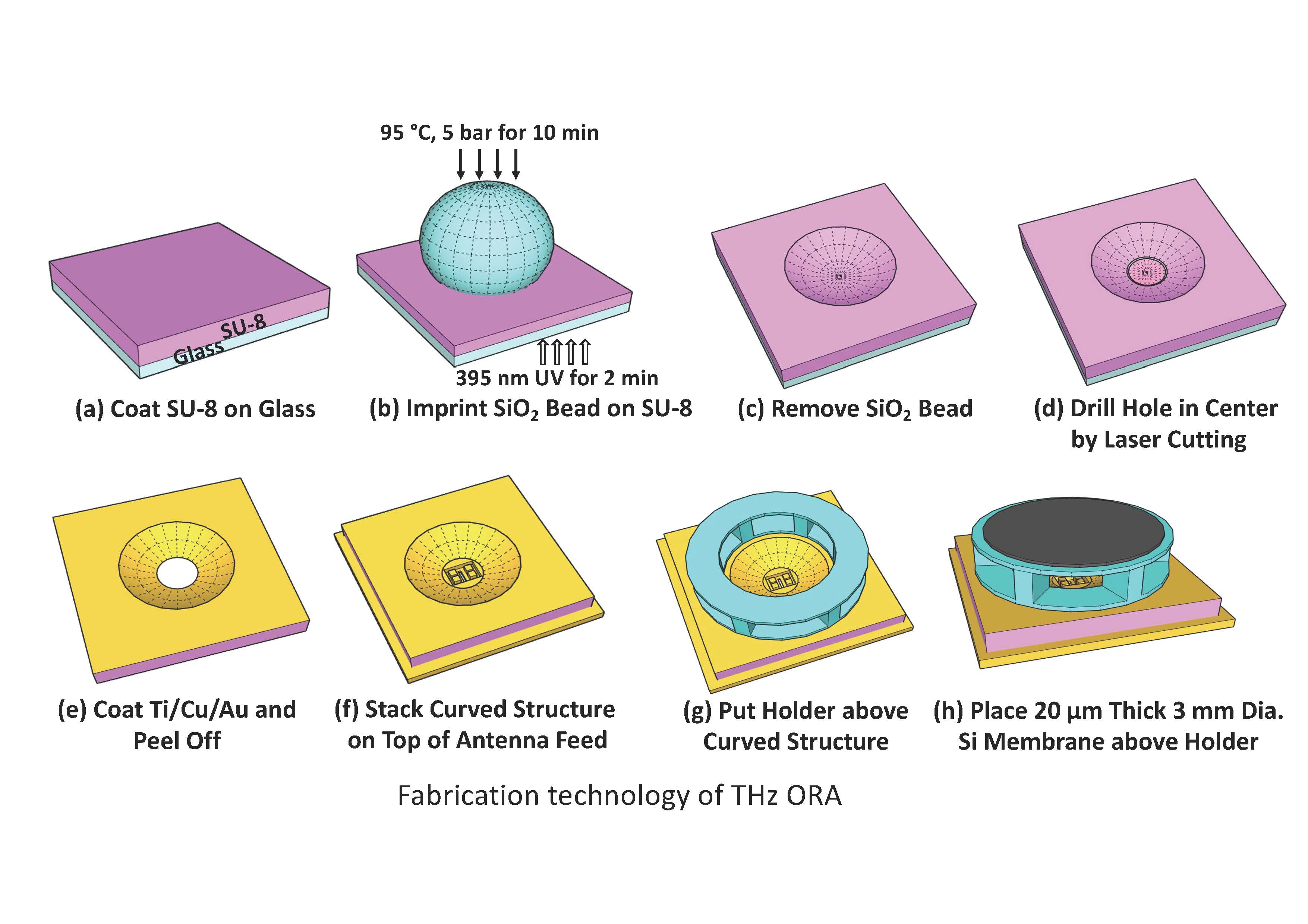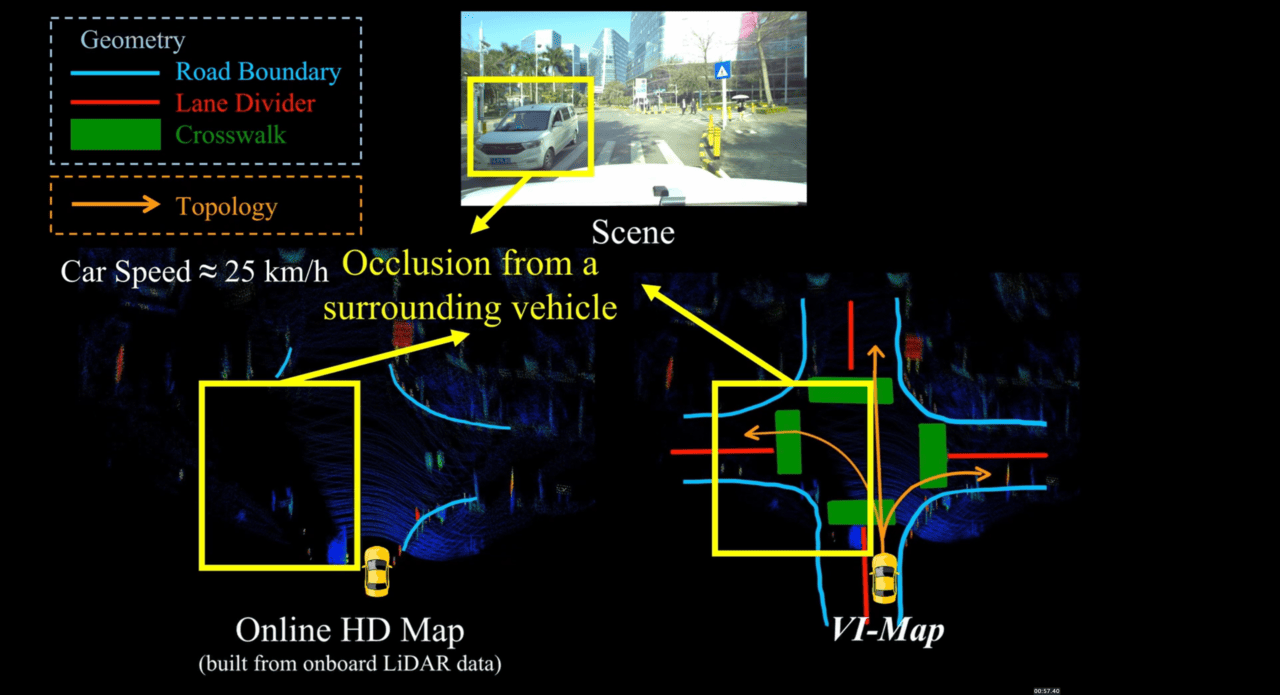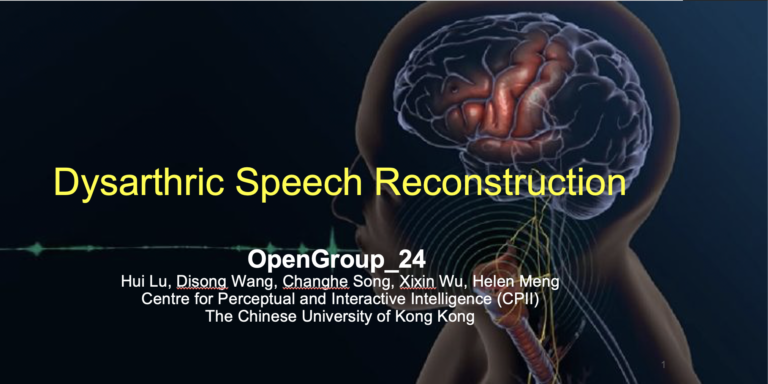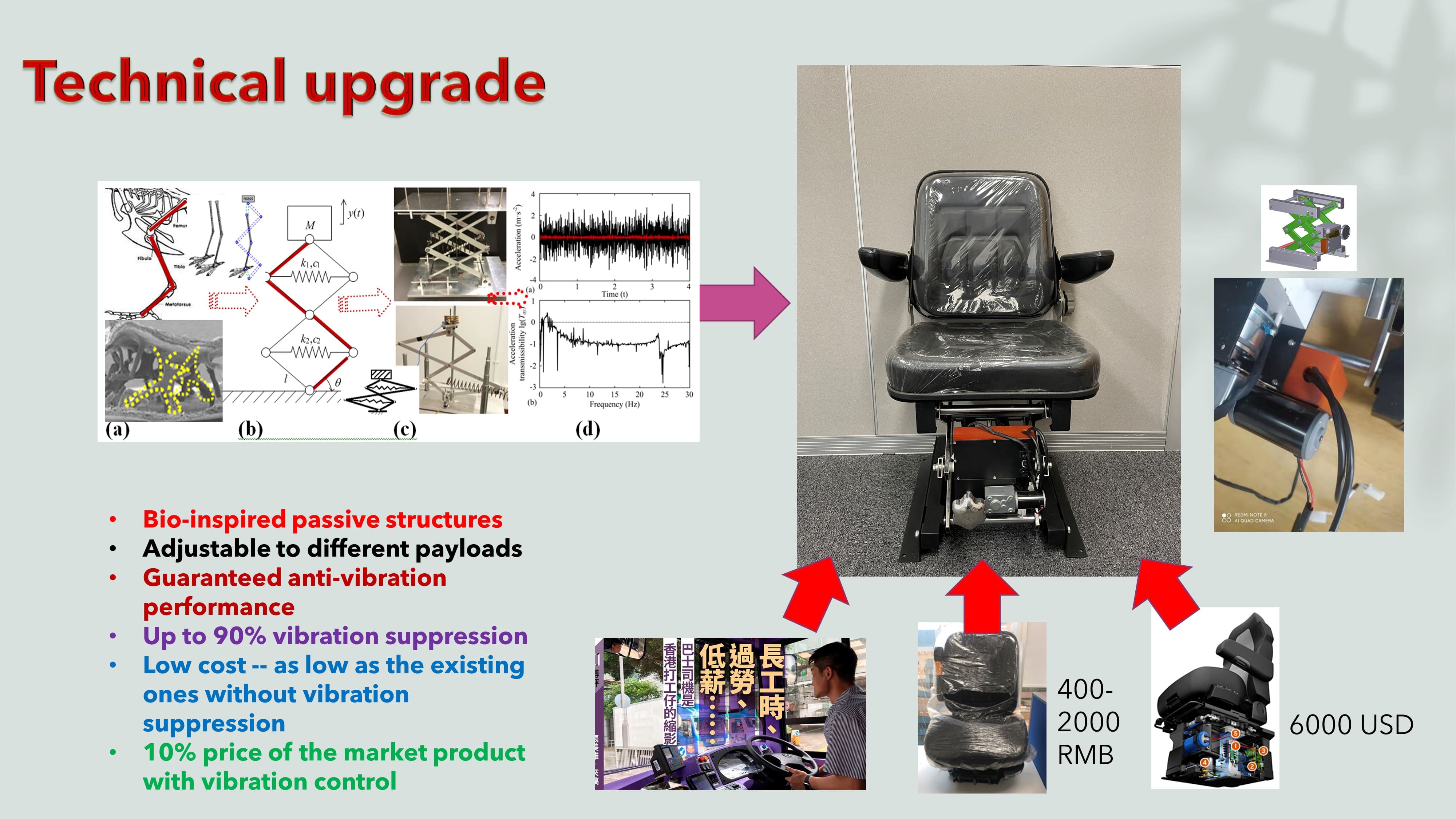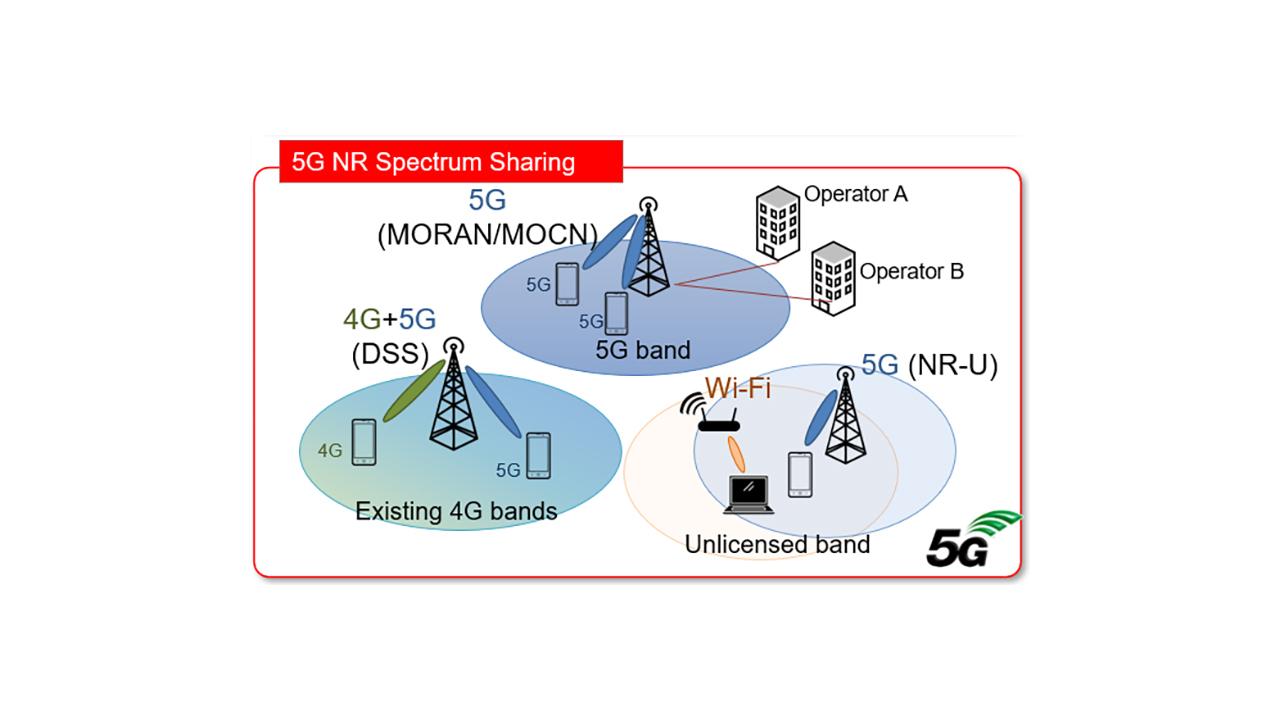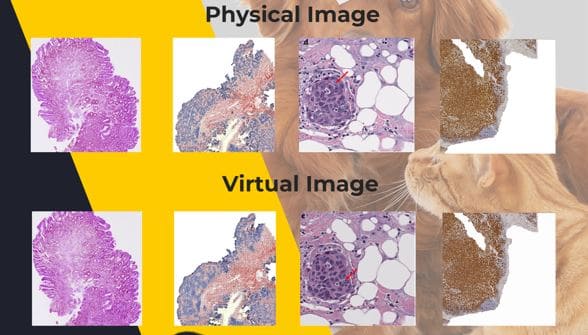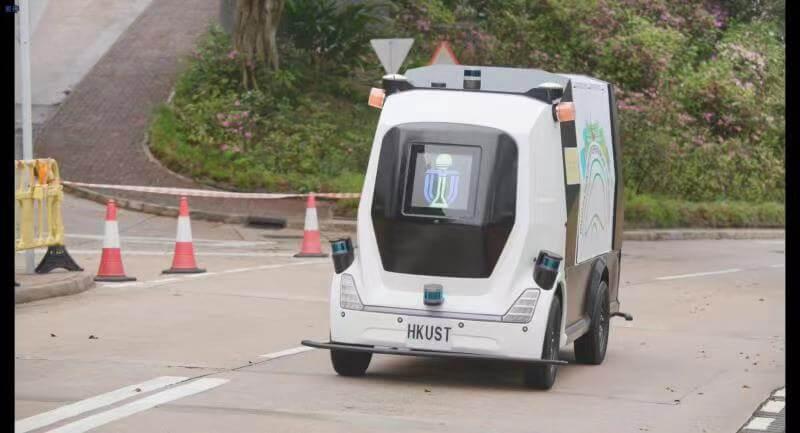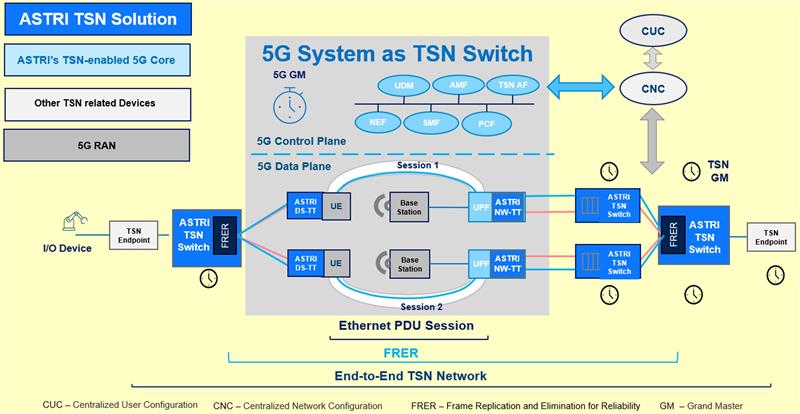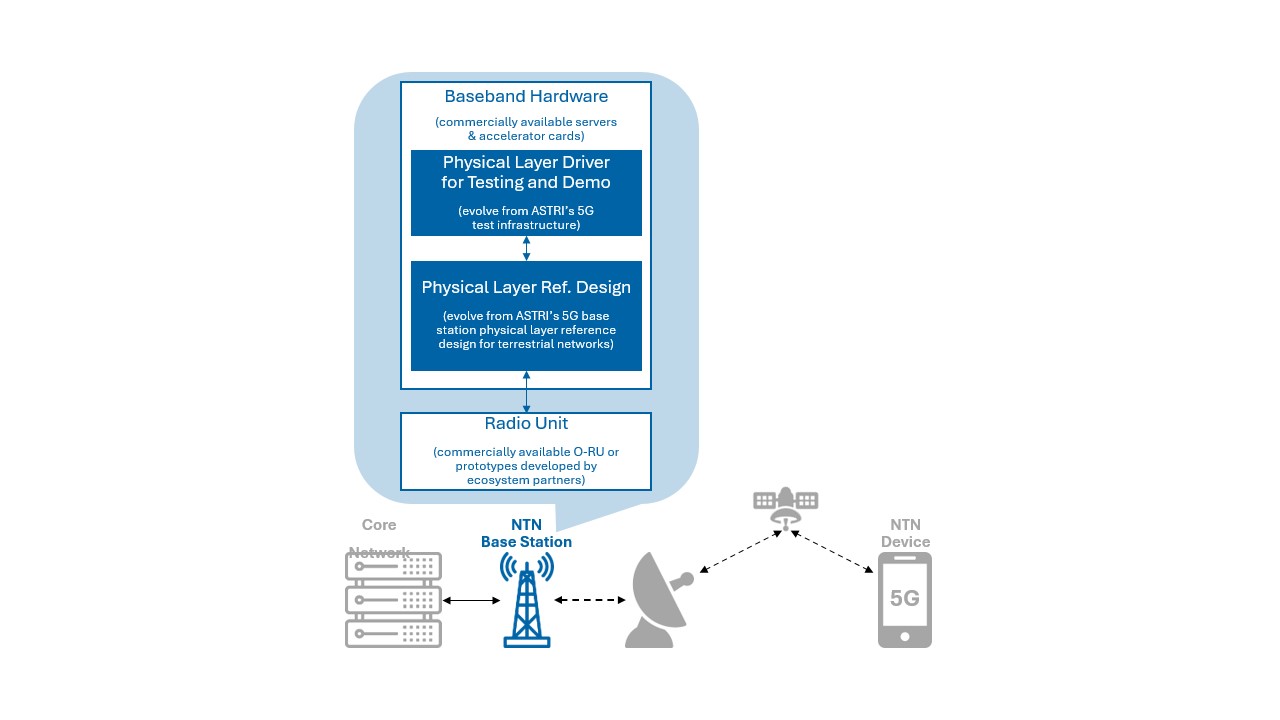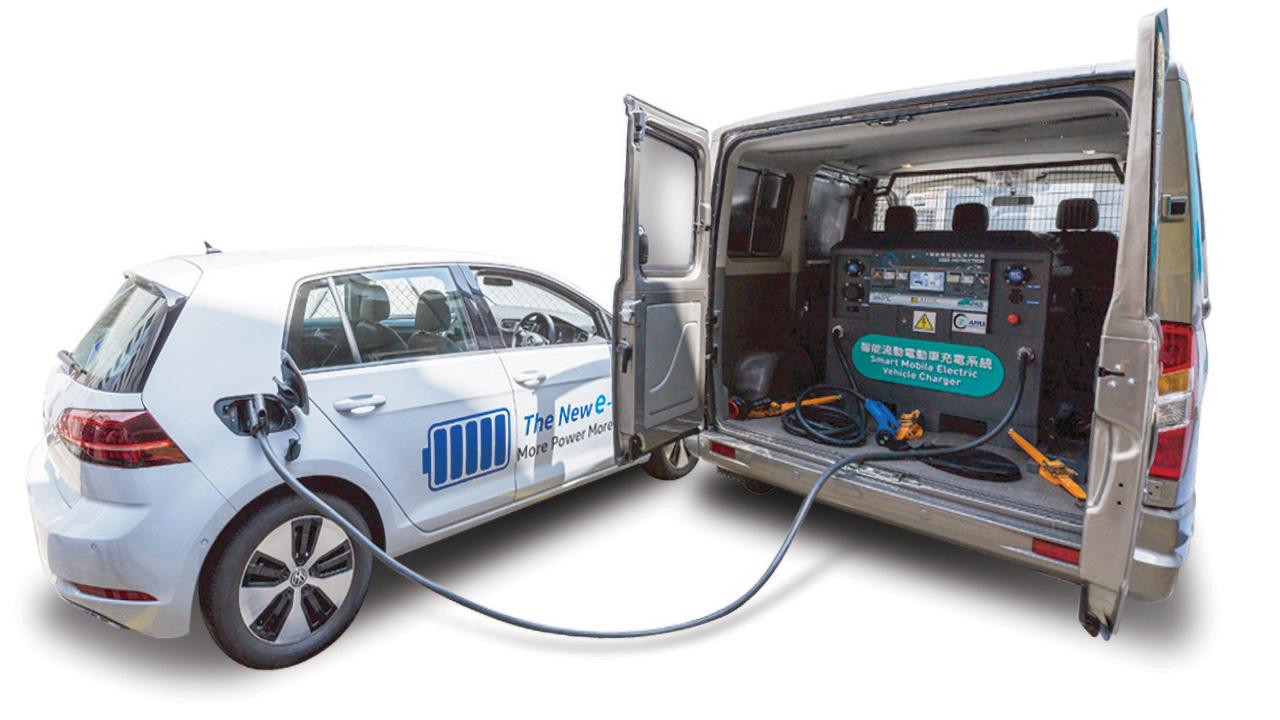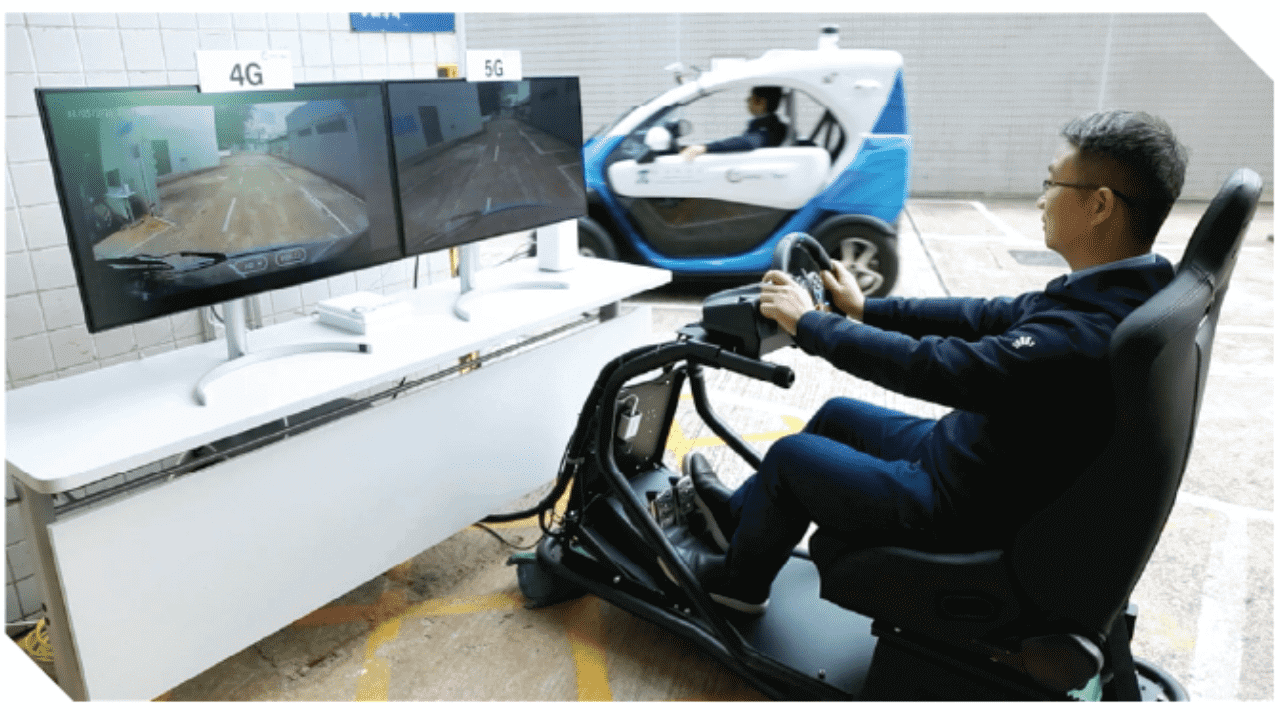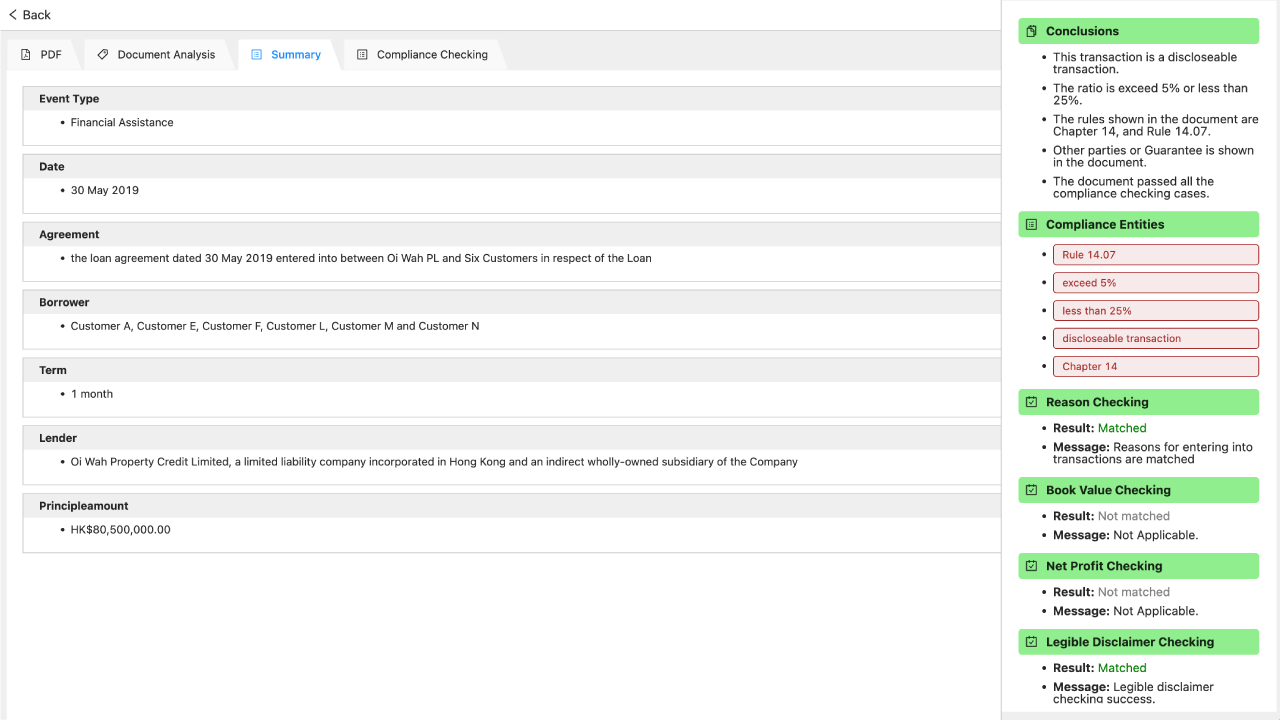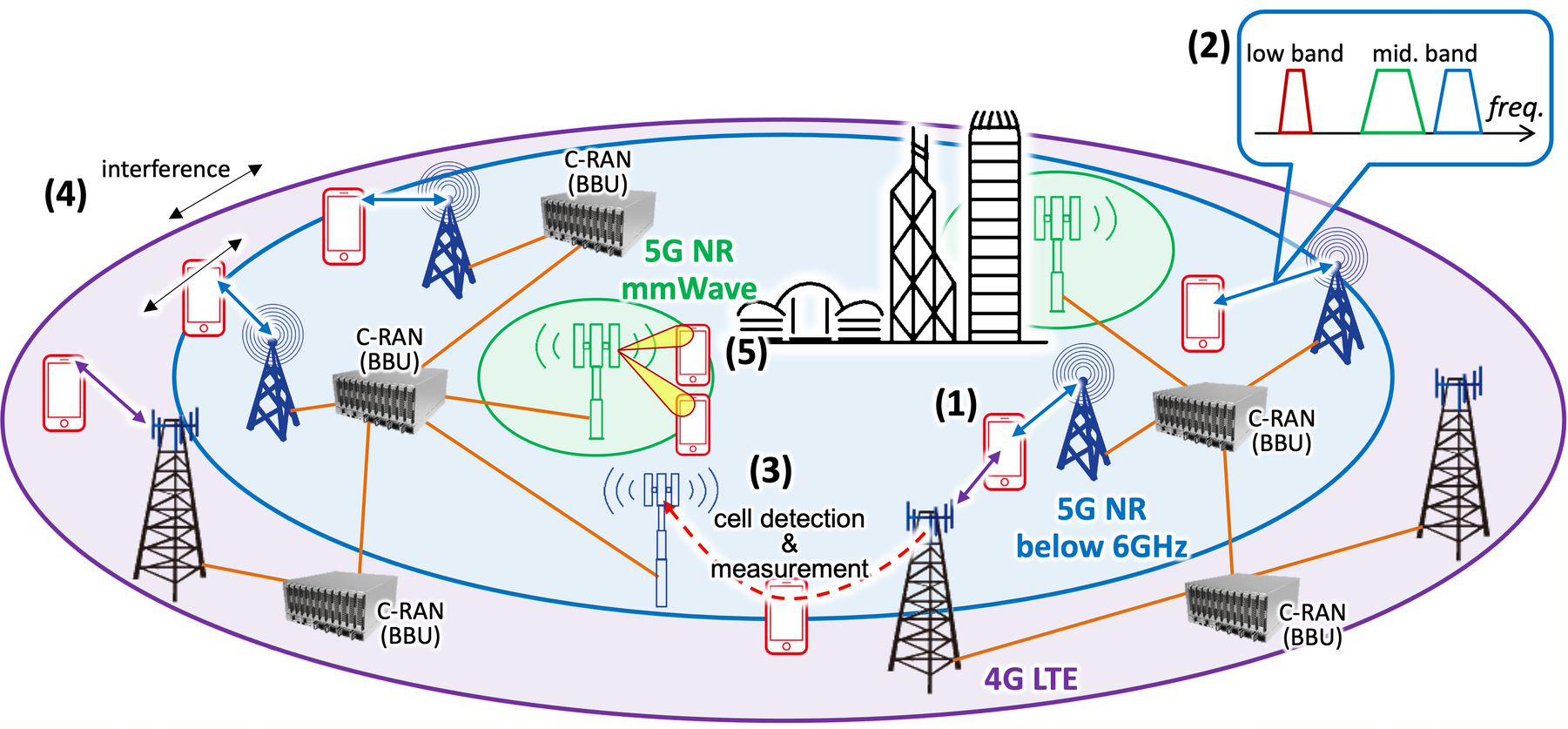
Roadside LIDAR and V2X Communication
Due to the limitations of an autonomous vehicle’s sensing and perception system, such as limited detection range and sensor blind spots, its ability to respond to unexpected situations is still concerned.
With considerations on cost and safety, an active safety control system with roadside Light Detection And Ranging (LiDAR) based on perception system is vital for the scaling up and commercialisation of autonomous vehicle.
Normally, autonomous vehicles rely on their onboard sensors and Artificial Intelligence (AI) algorithms to detect and perceive the surrounding road environment and effect control commands to the vehicle, such as accelerating, braking and steering. However, due to the limitation of the detection range of onboard sensors and the existence of blind spots, accidents could still happen.
- 3D object detection and recognition
- Place the LiDAR with bird's eye view to eliminate blind spot
- Safety control for intelligently connected vehicles
- Roadside LiDAR's active objects identification and safety control can improve the safety of autonomous driving
- Realise real-time traffic information collection with the roadside LiDAR
- Assist manual driving to improve safety through sending safety warnings by Vehicle-to-Everything (V2X) system
- Active safety control for smart mobility
- Autonomous driving system
- Traffic information collection for smart mobility, vehicle classification, and statistics
Centre of Advanced Power and Autonomous Systems (APAS) (formerly Automotive Platforms and Application Systems R&D Centre) was established in 2006 and is fully integrated as a business division under HKPC on 1 April 2025. APAS continues to undertake market-led R&D programmes spanning green transportation, smart mobility, intelligent systems and emerging applications, as well as commercialises R&D results in collaboration with industry, universities and technology institutes to enhance the competitiveness of Hong Kong's automotive and other transportation sectors in new energy and smart driving.
